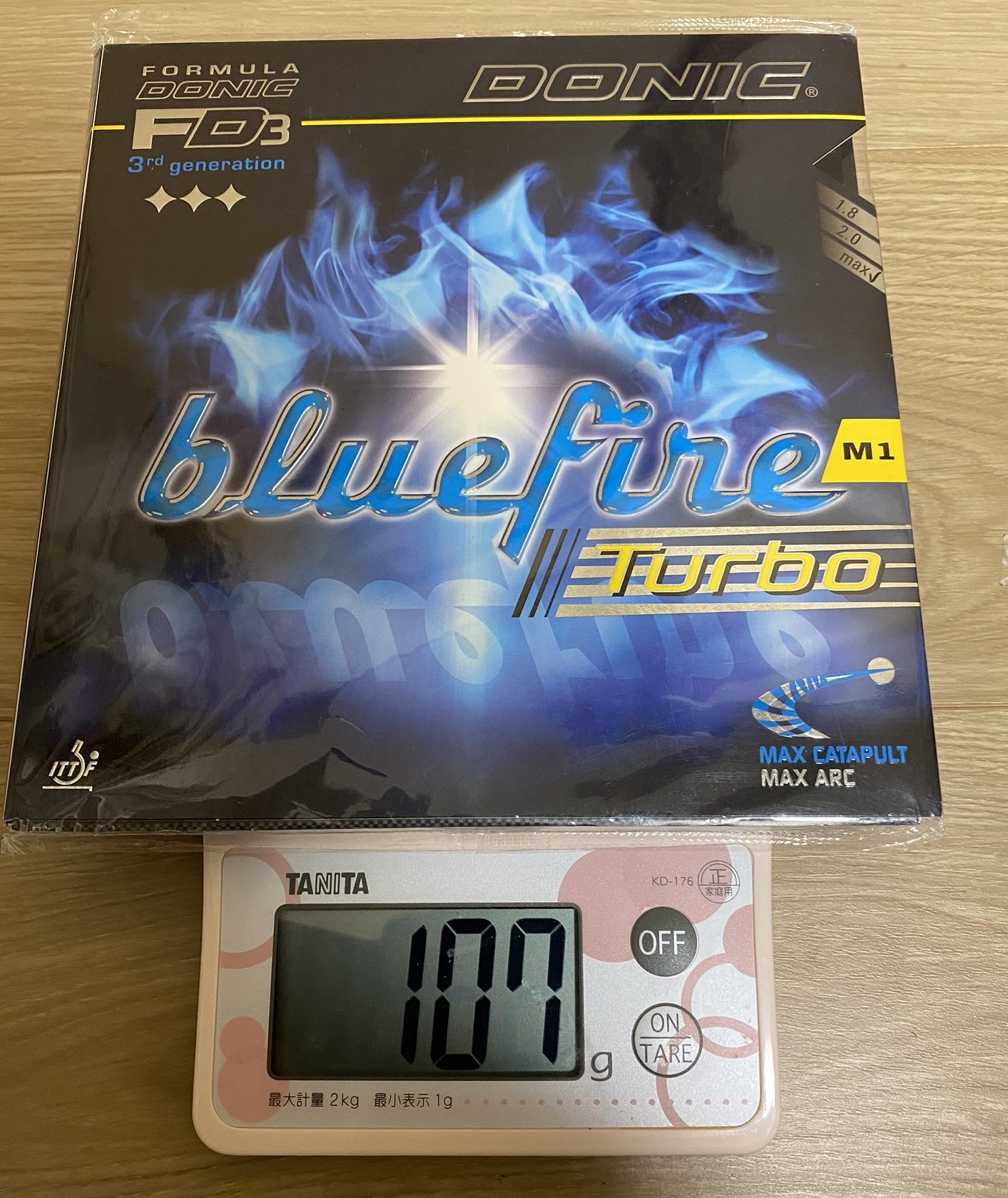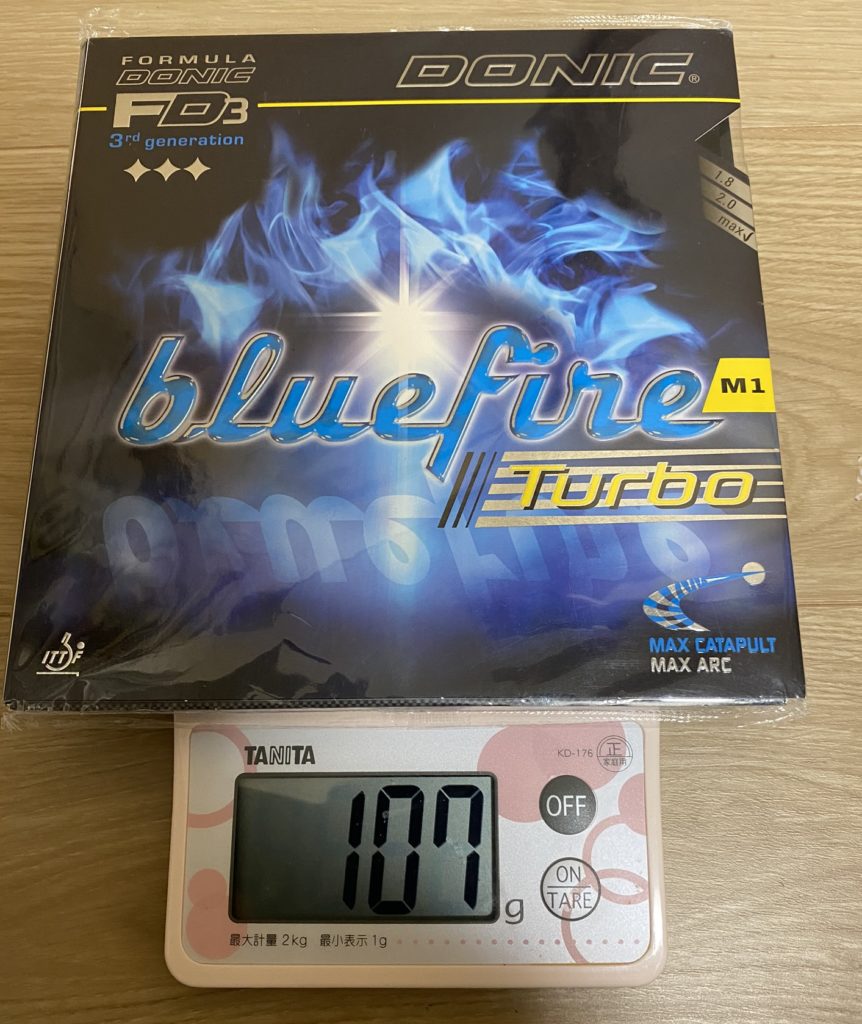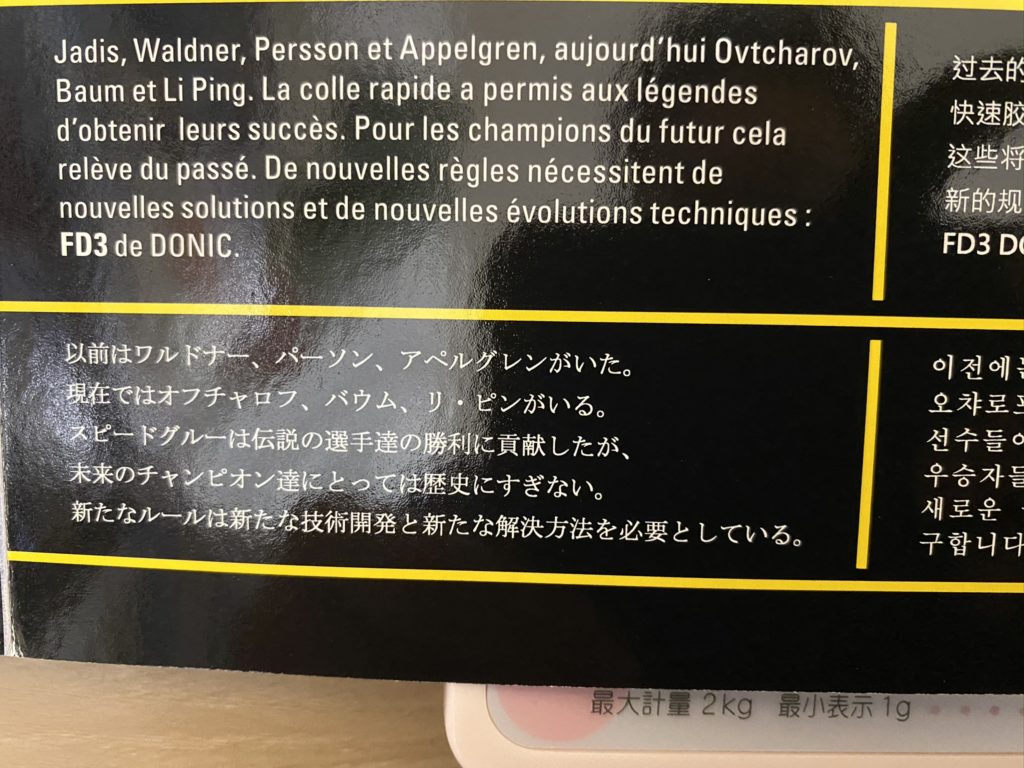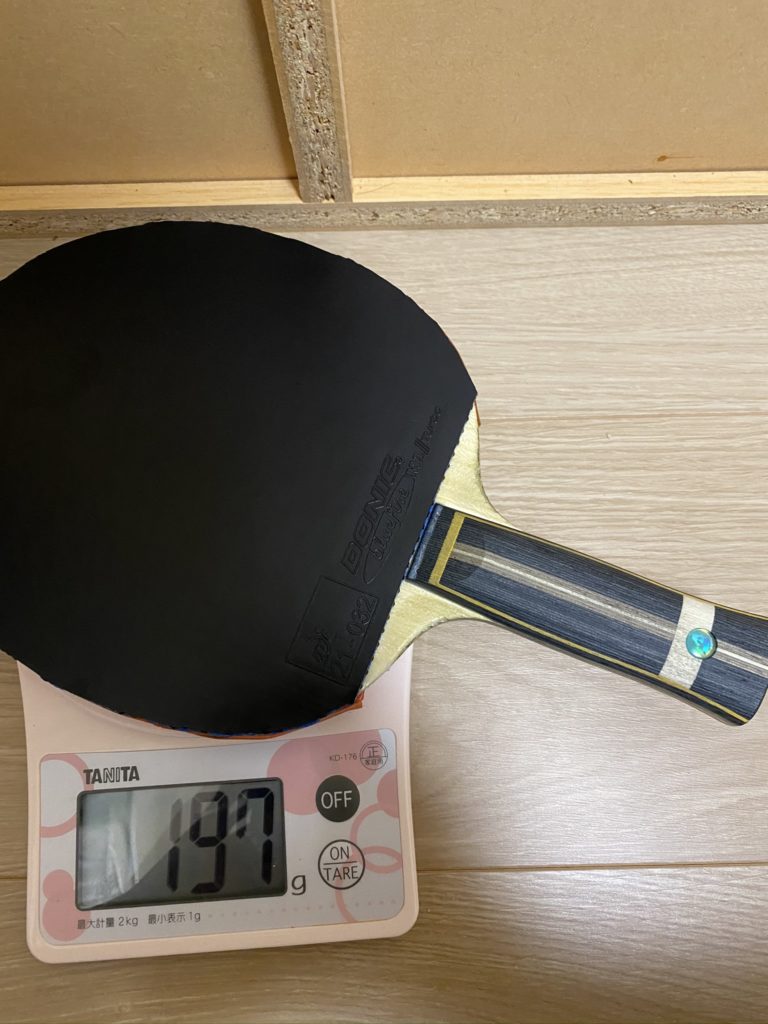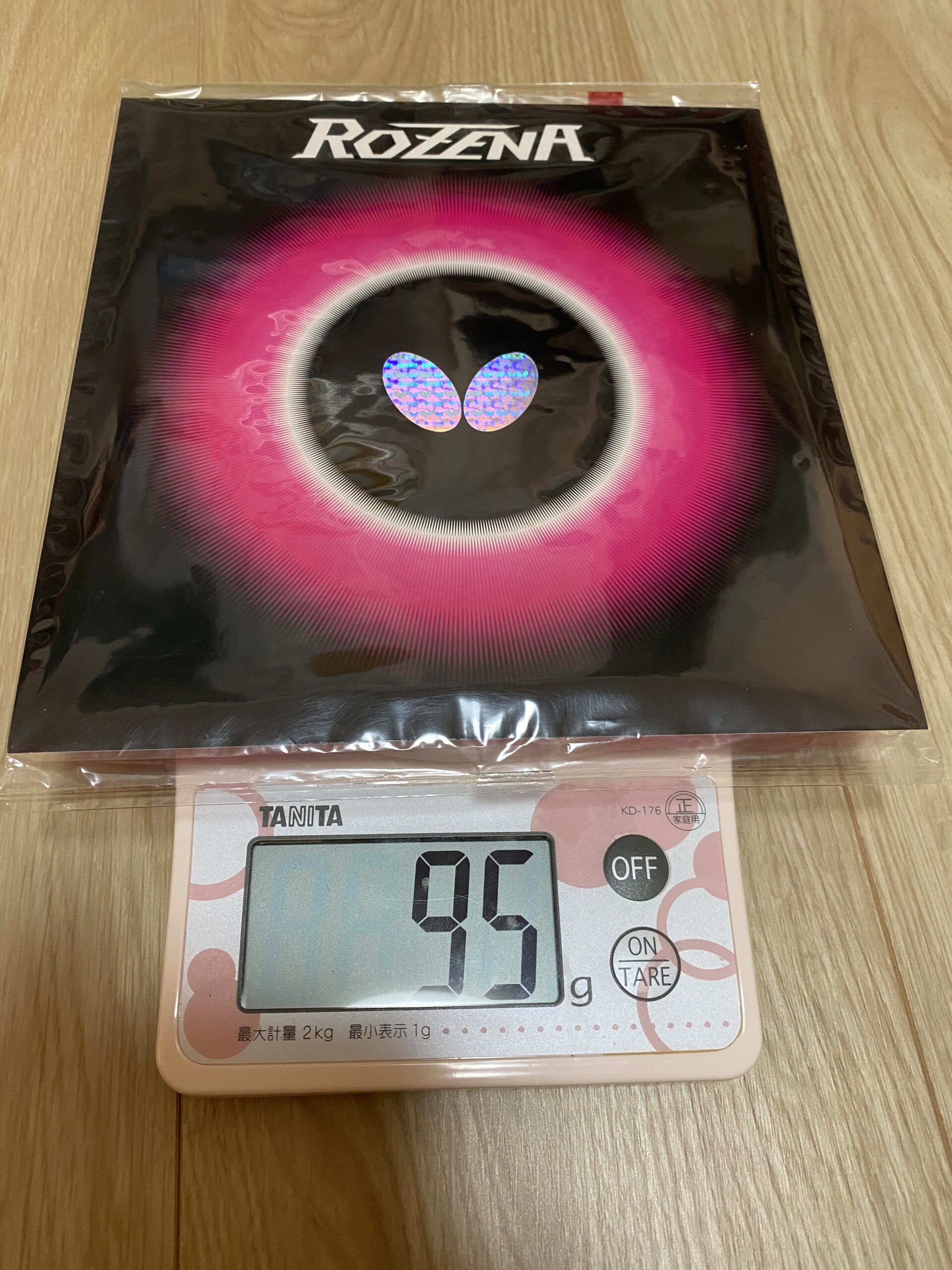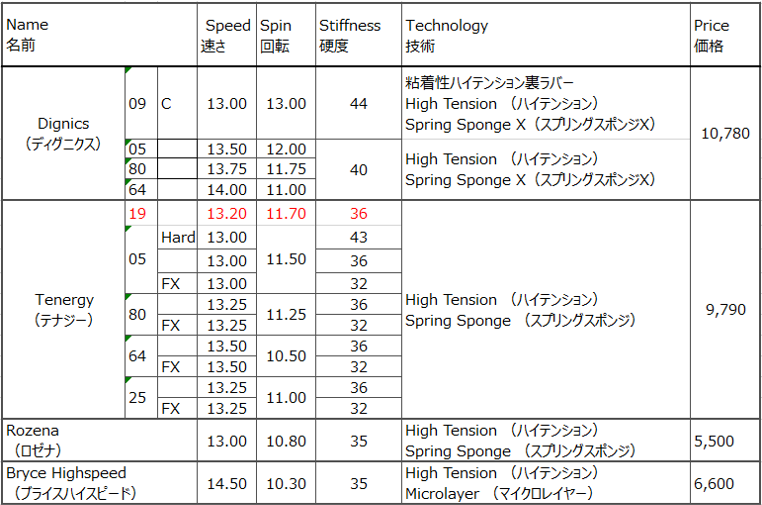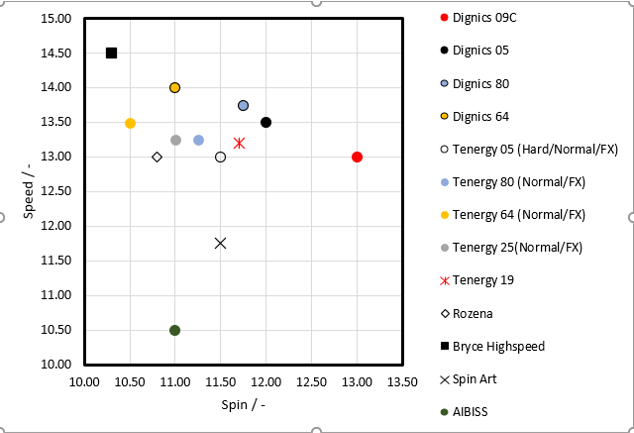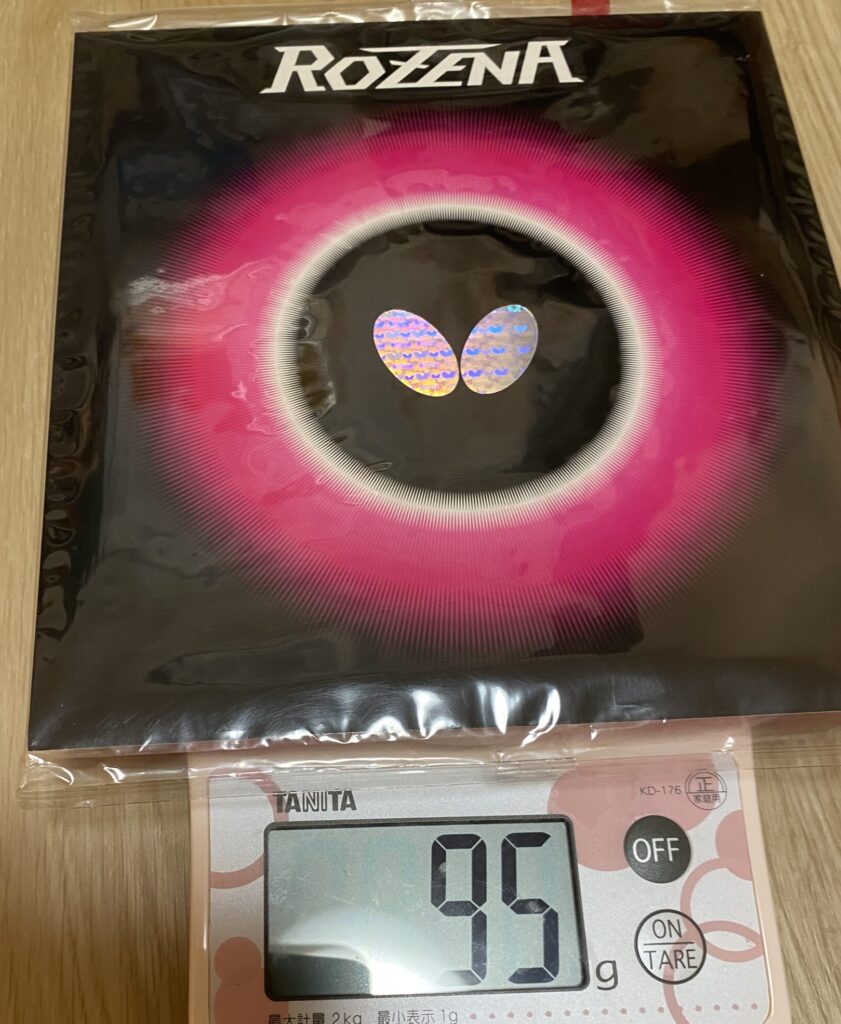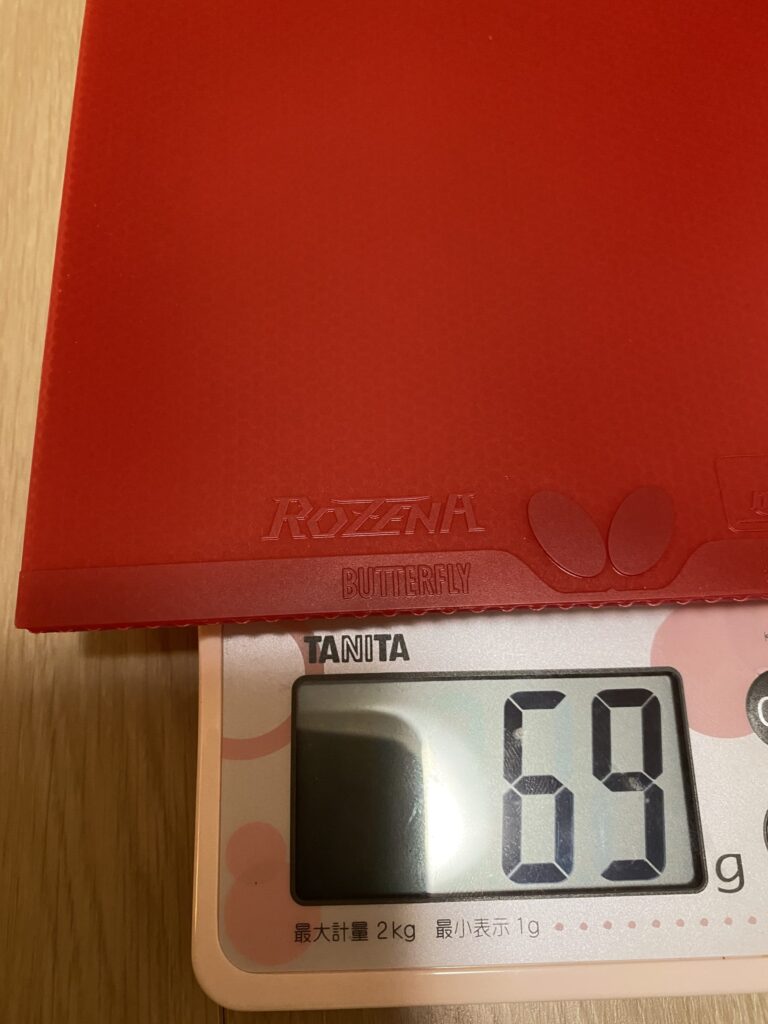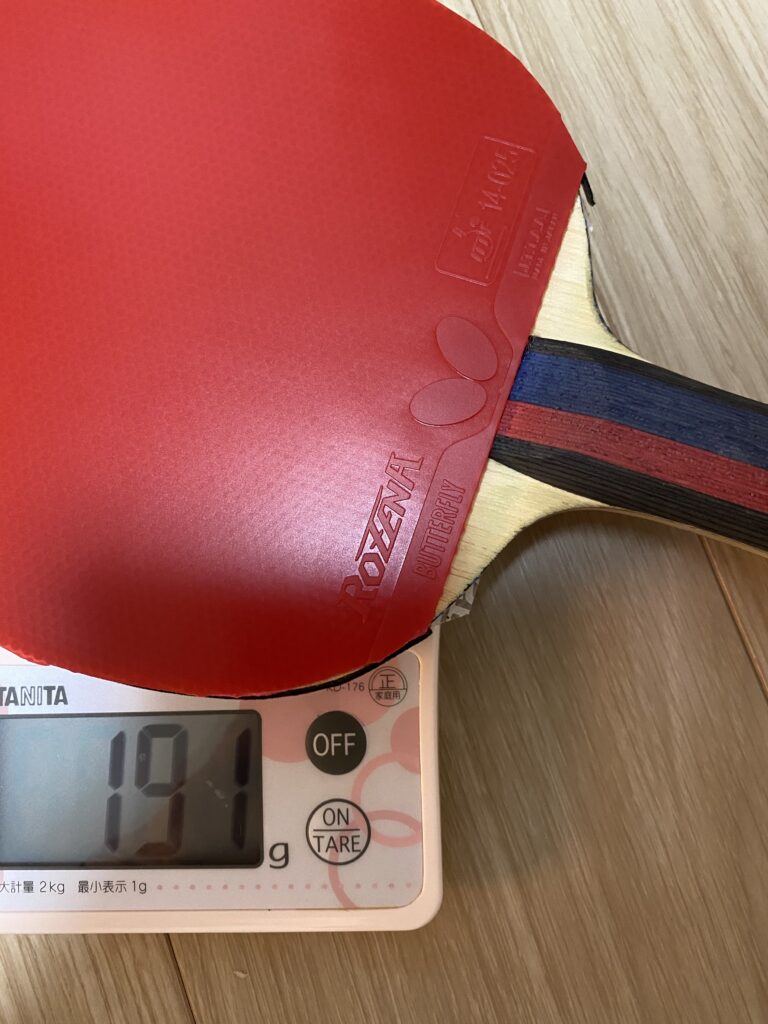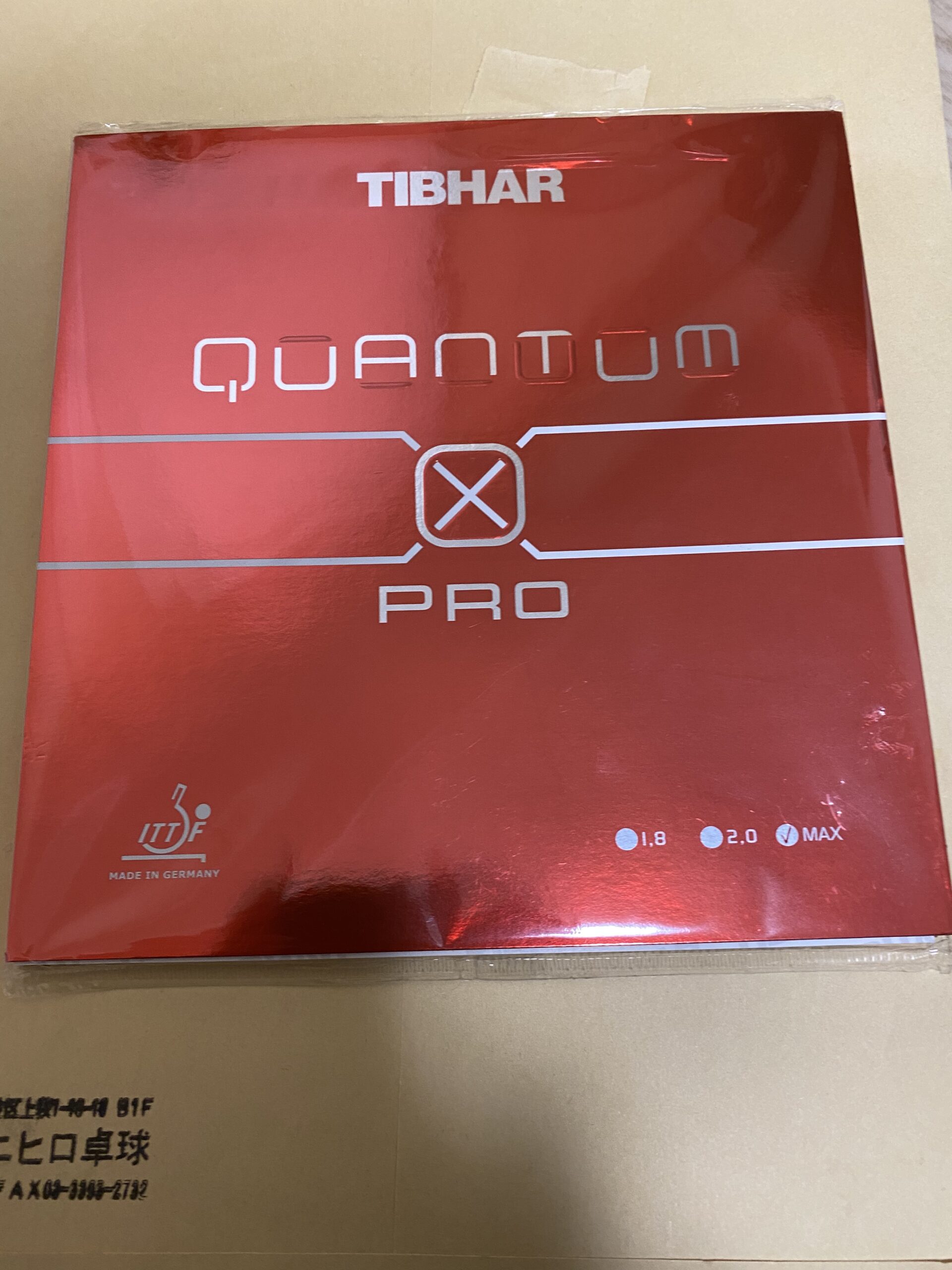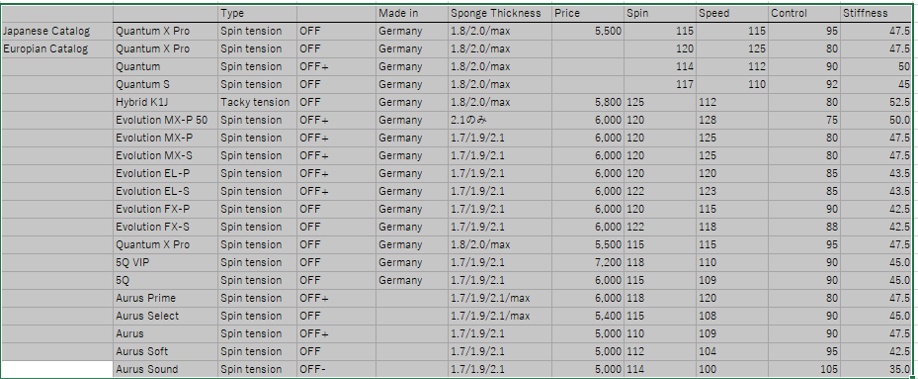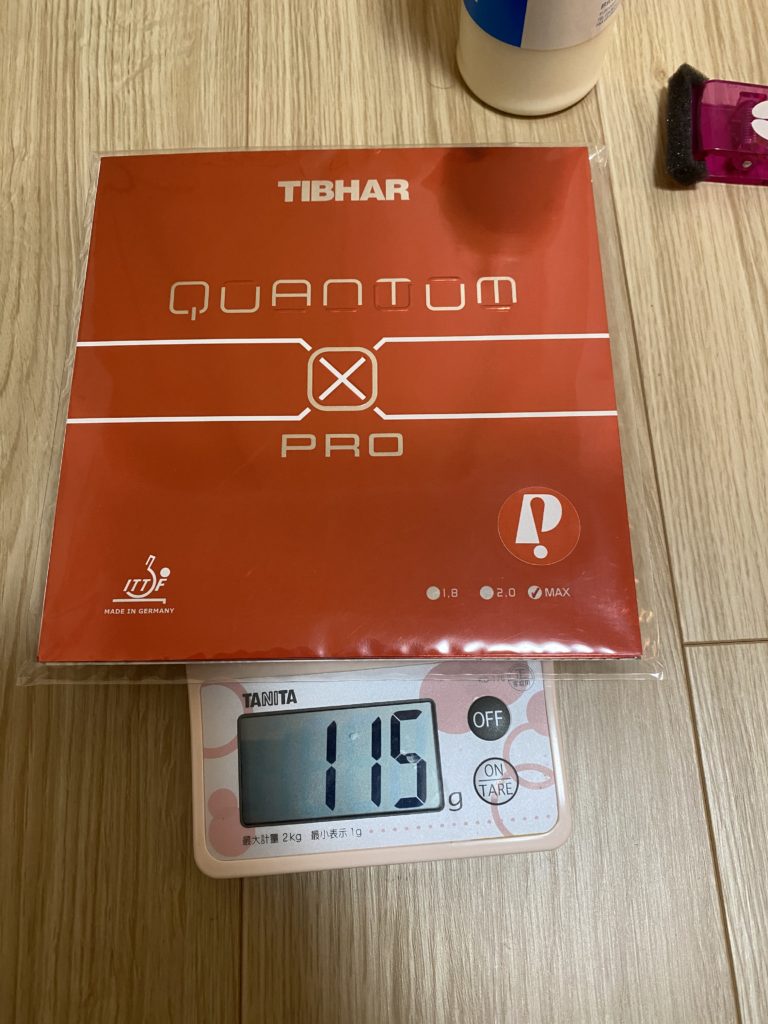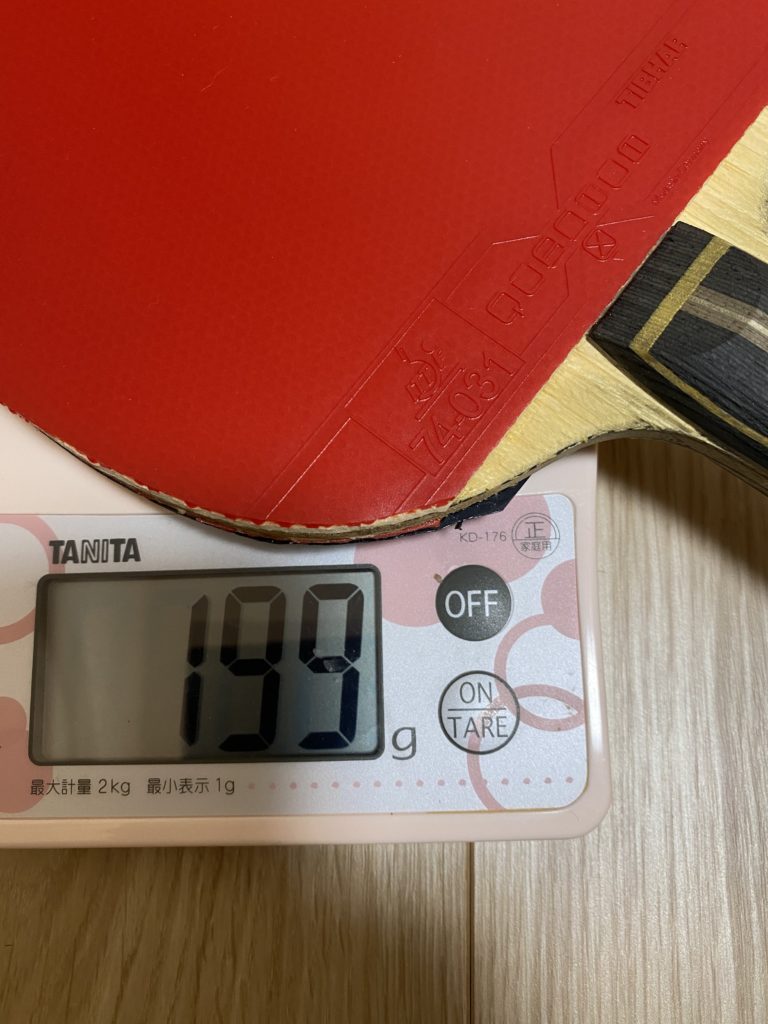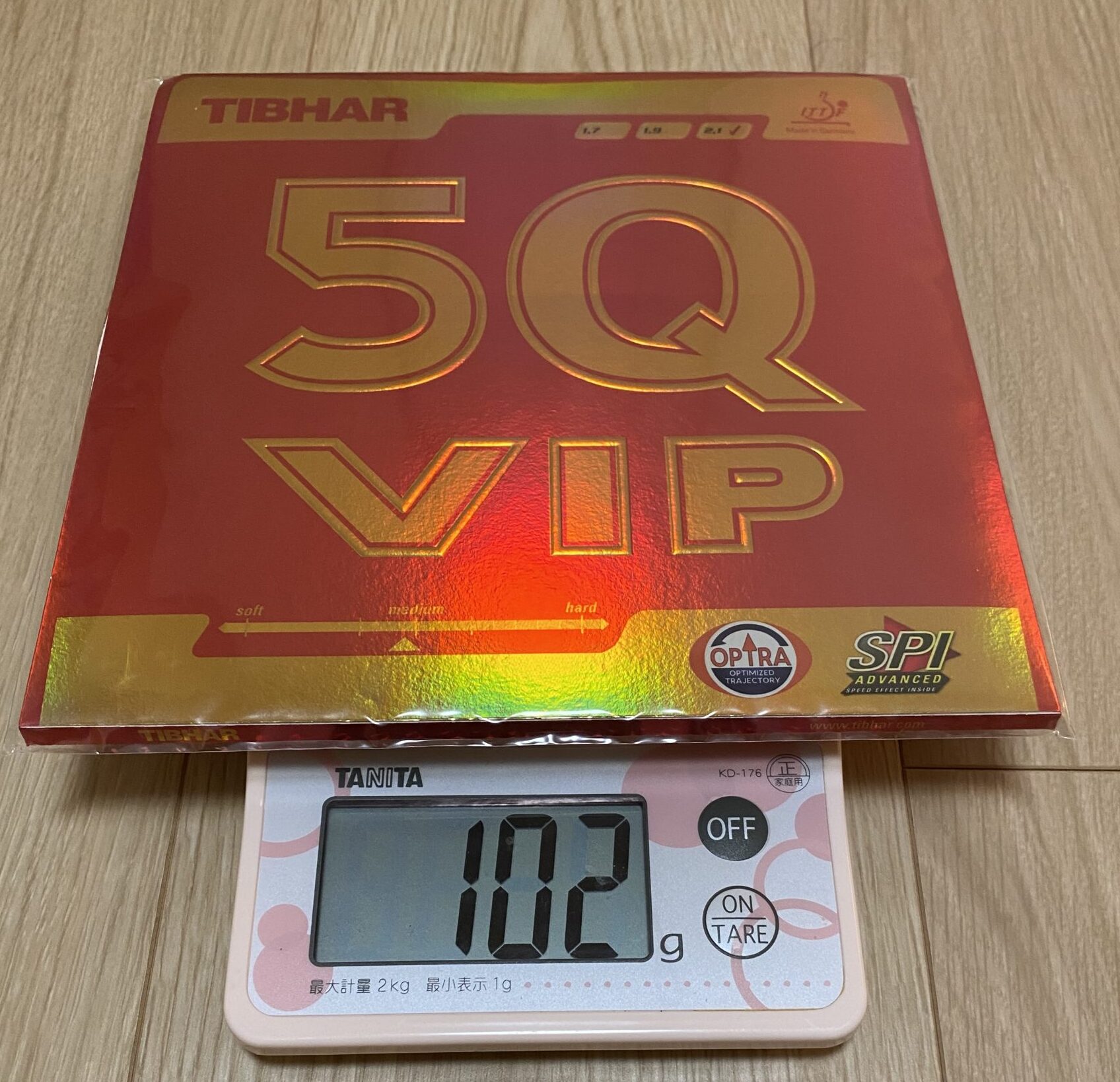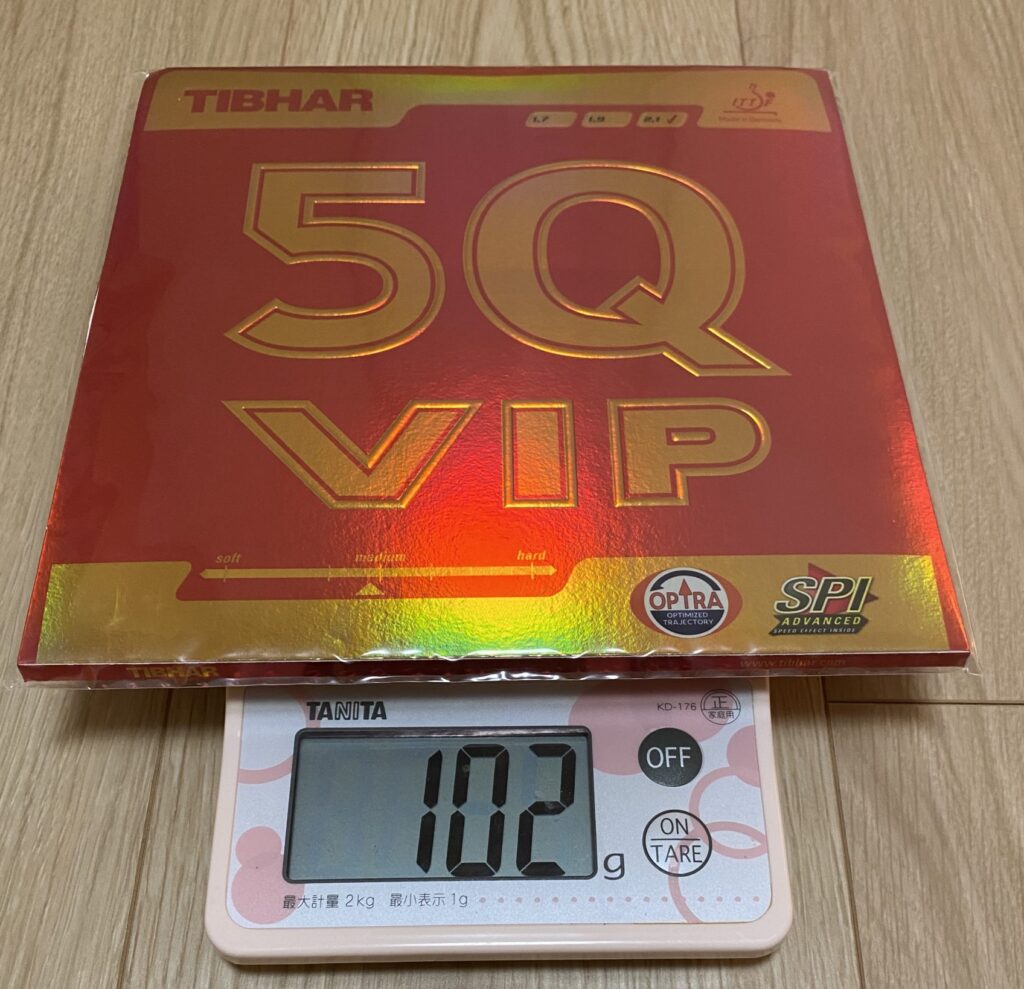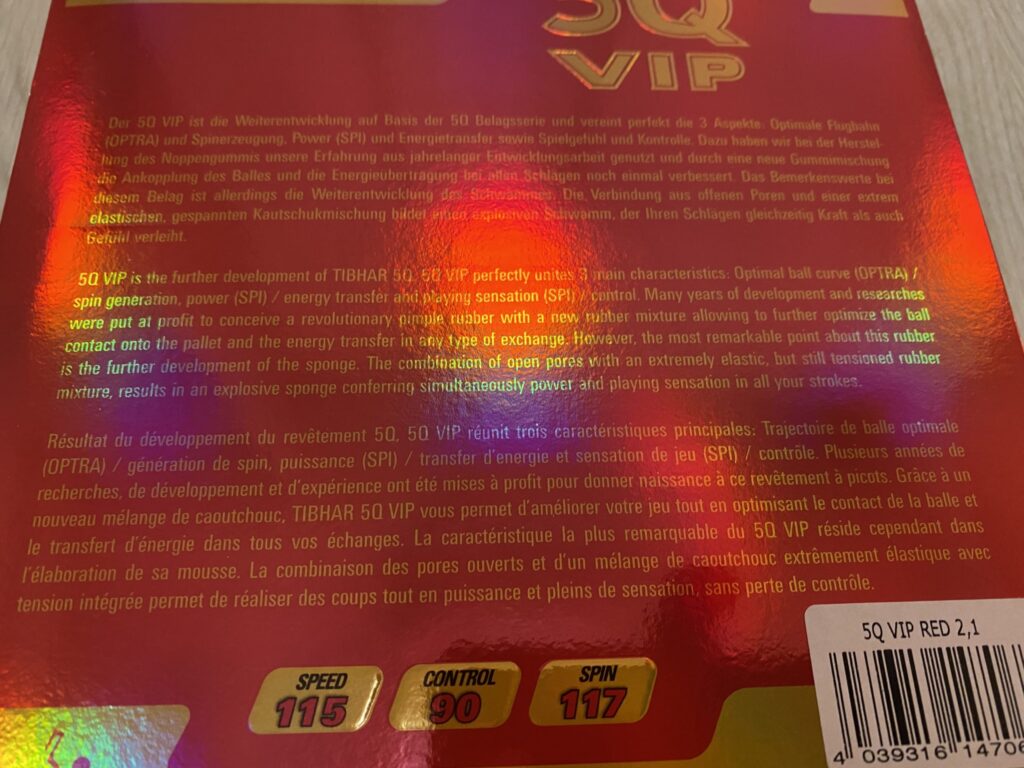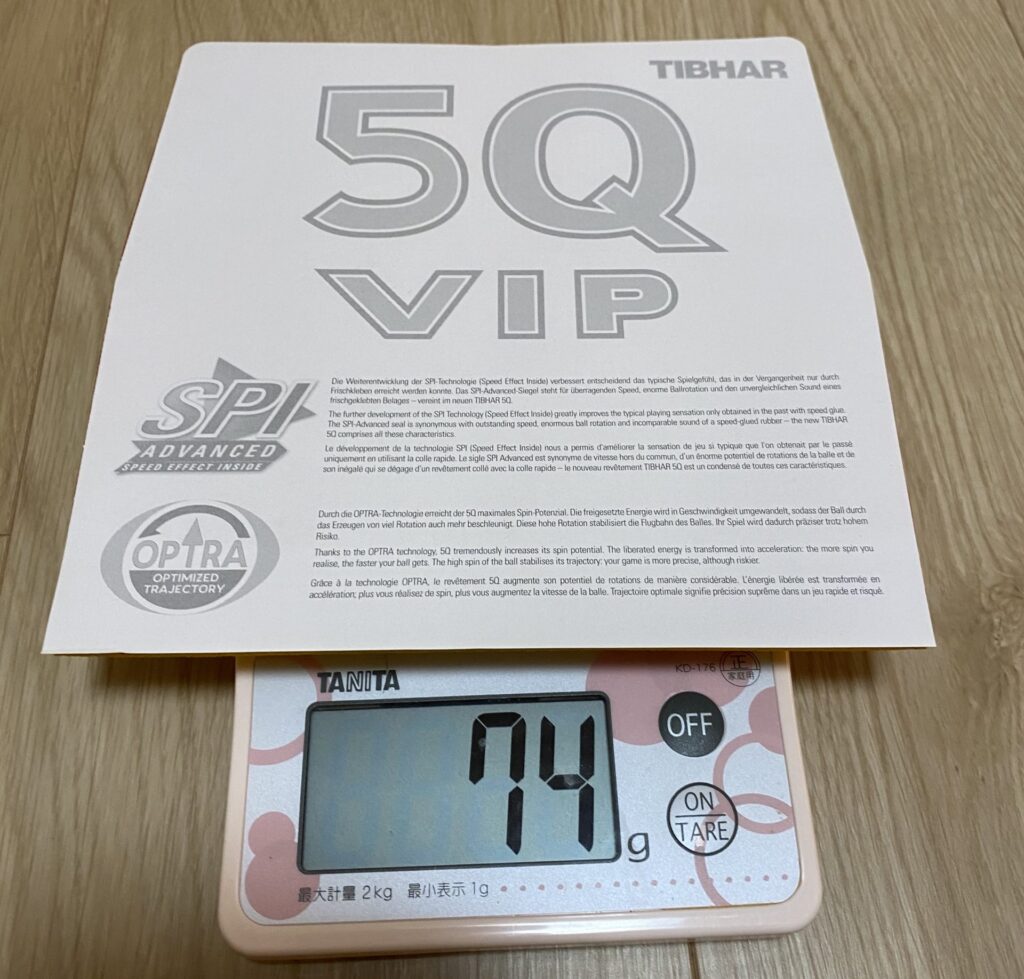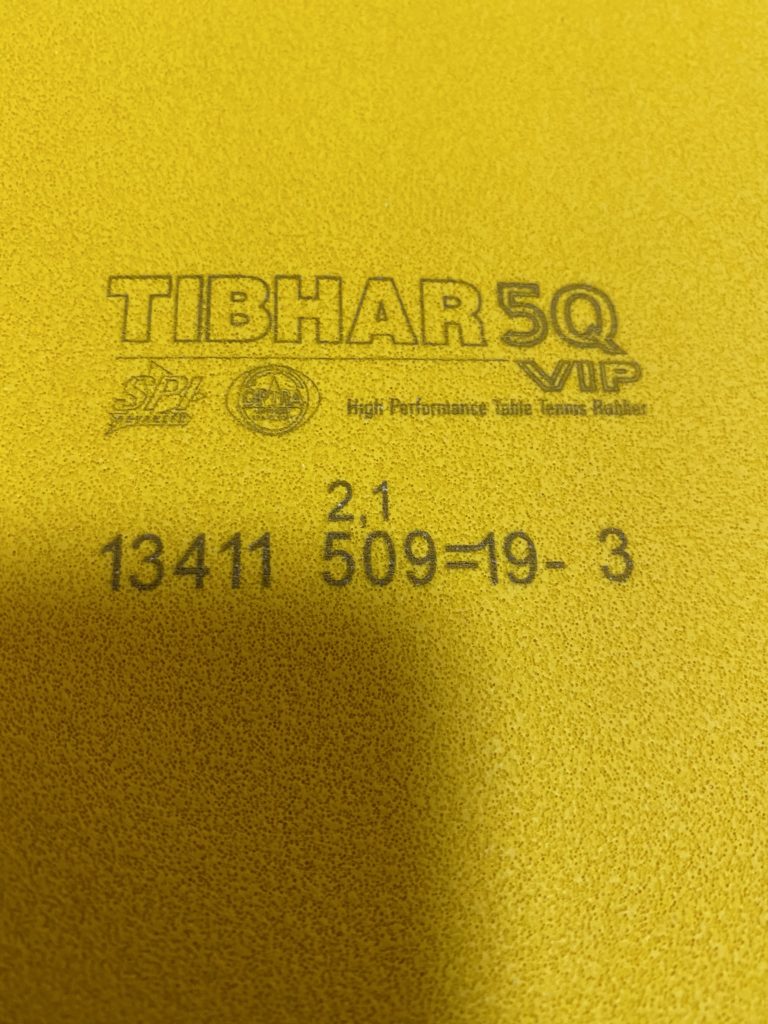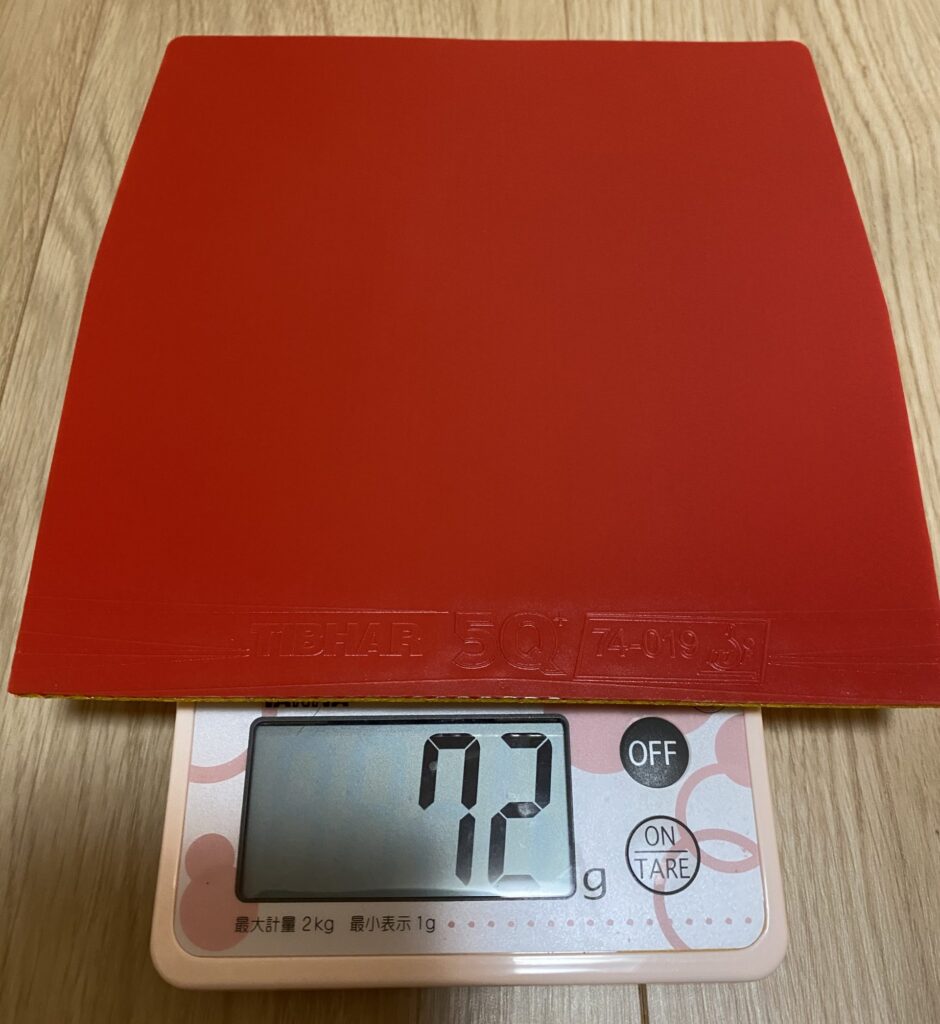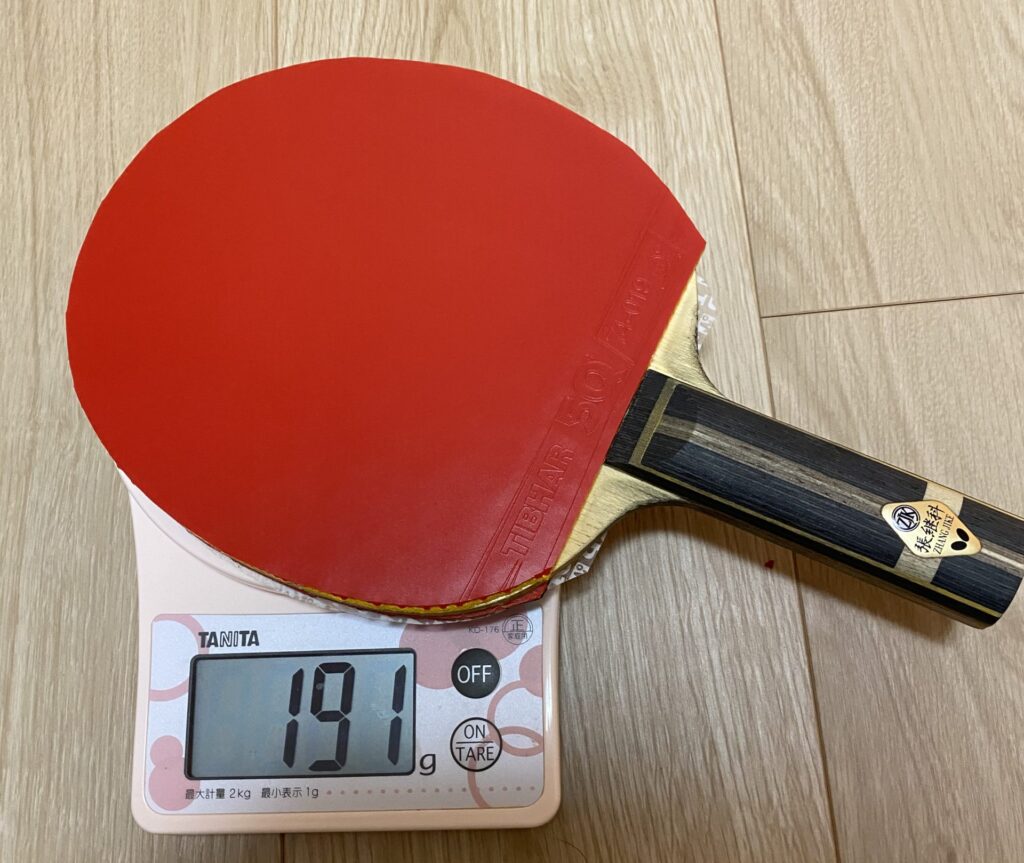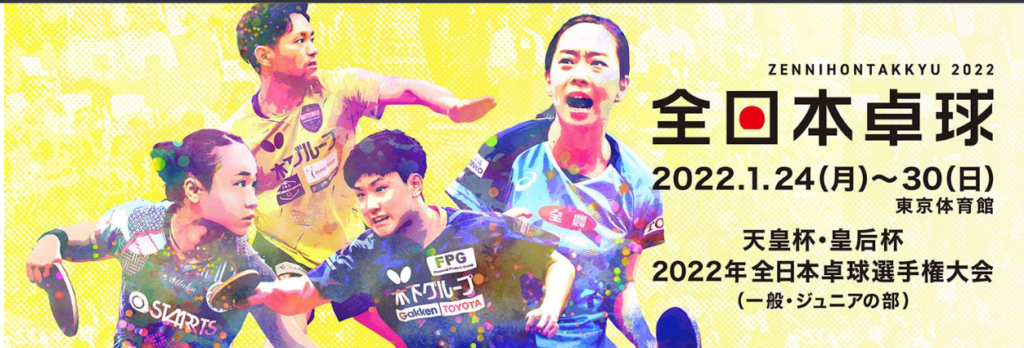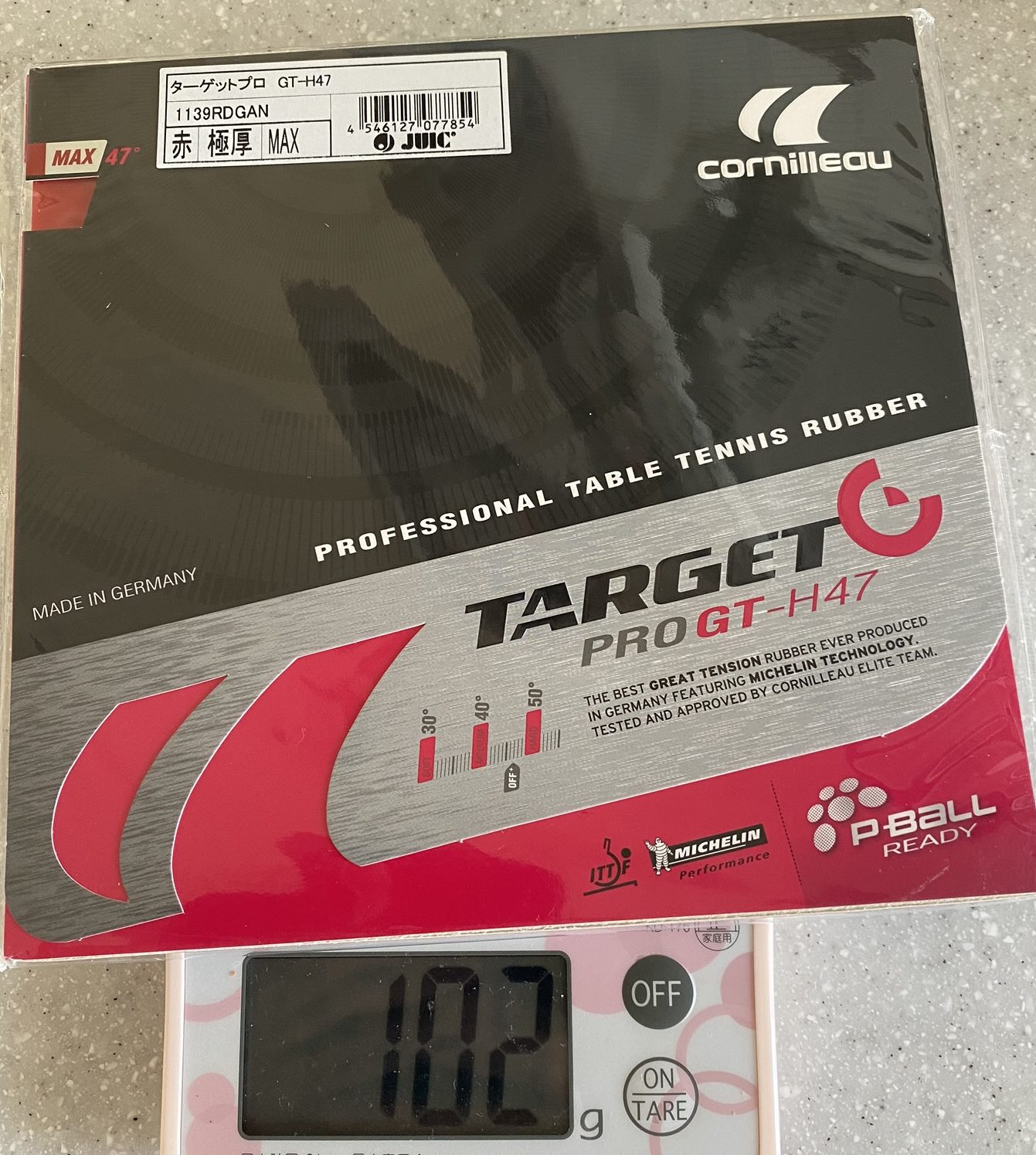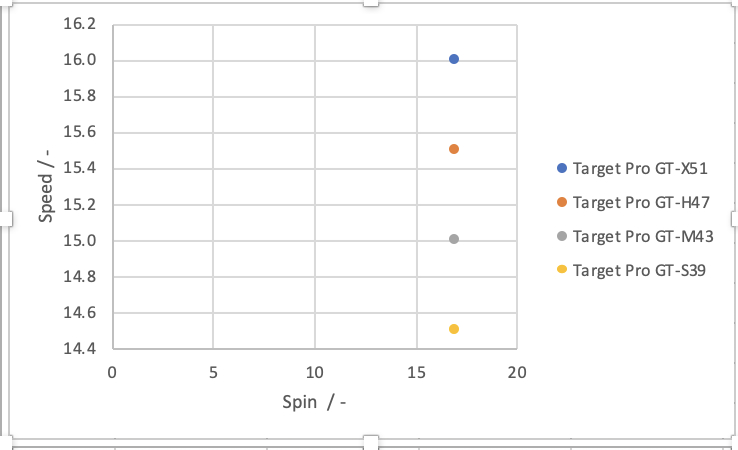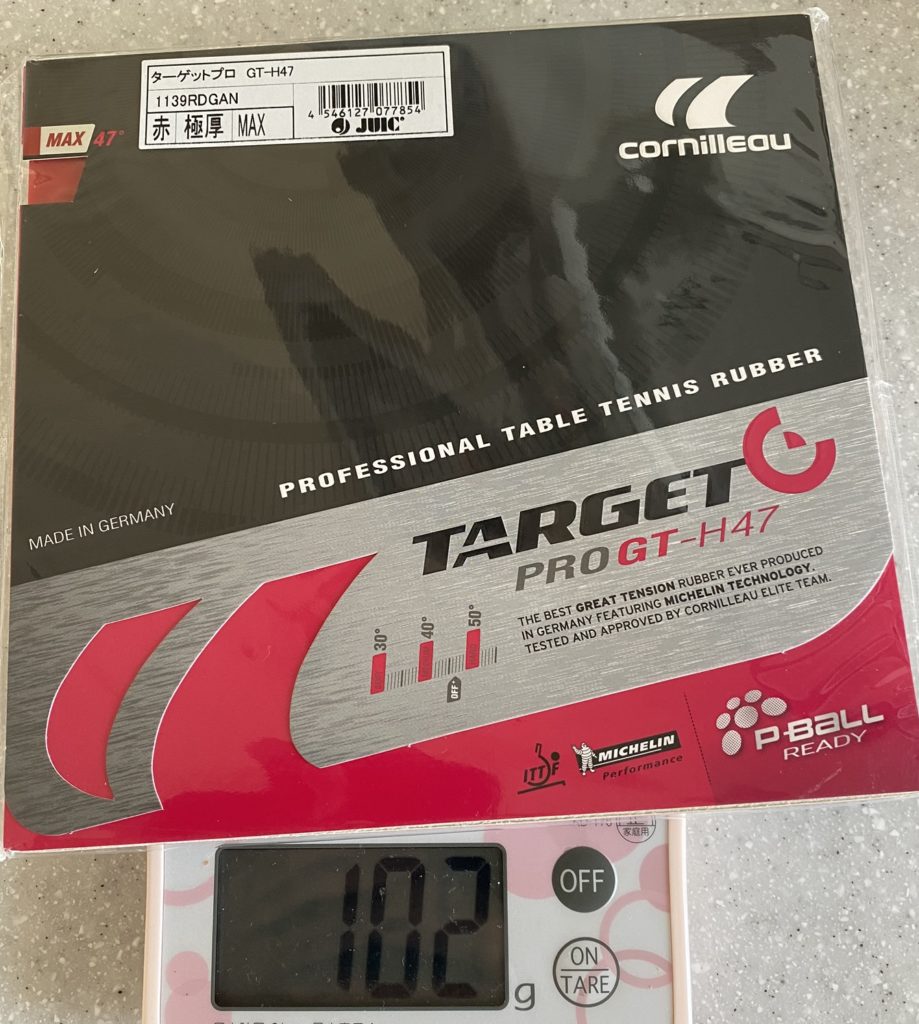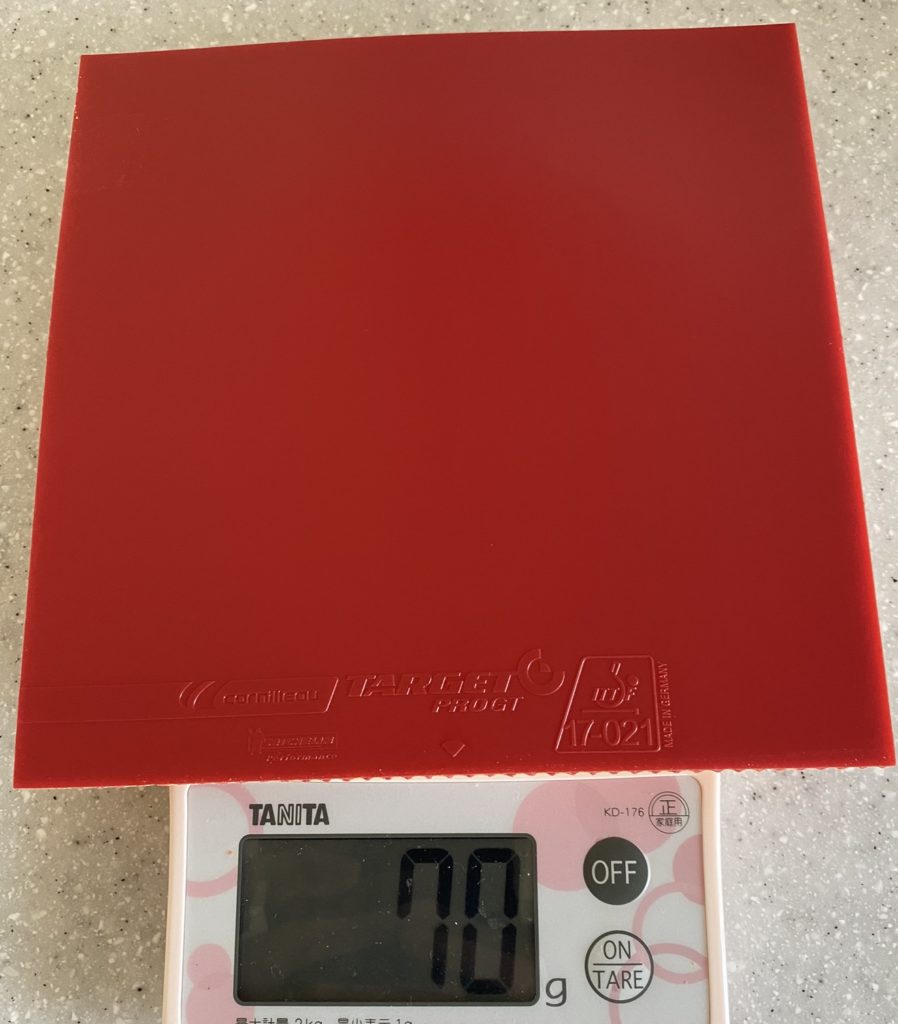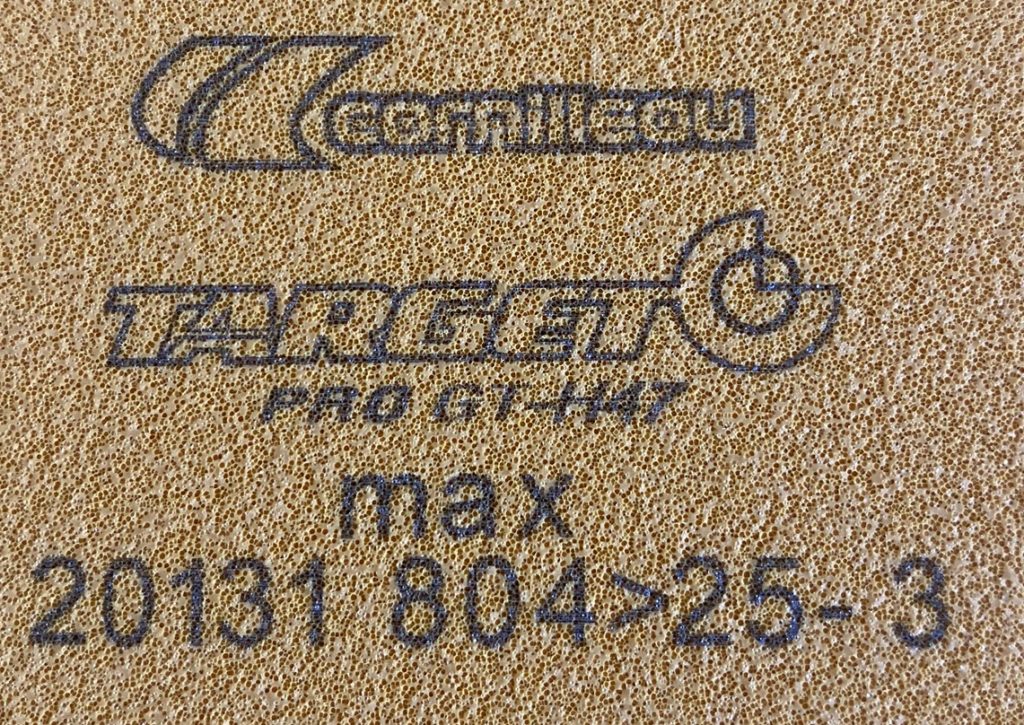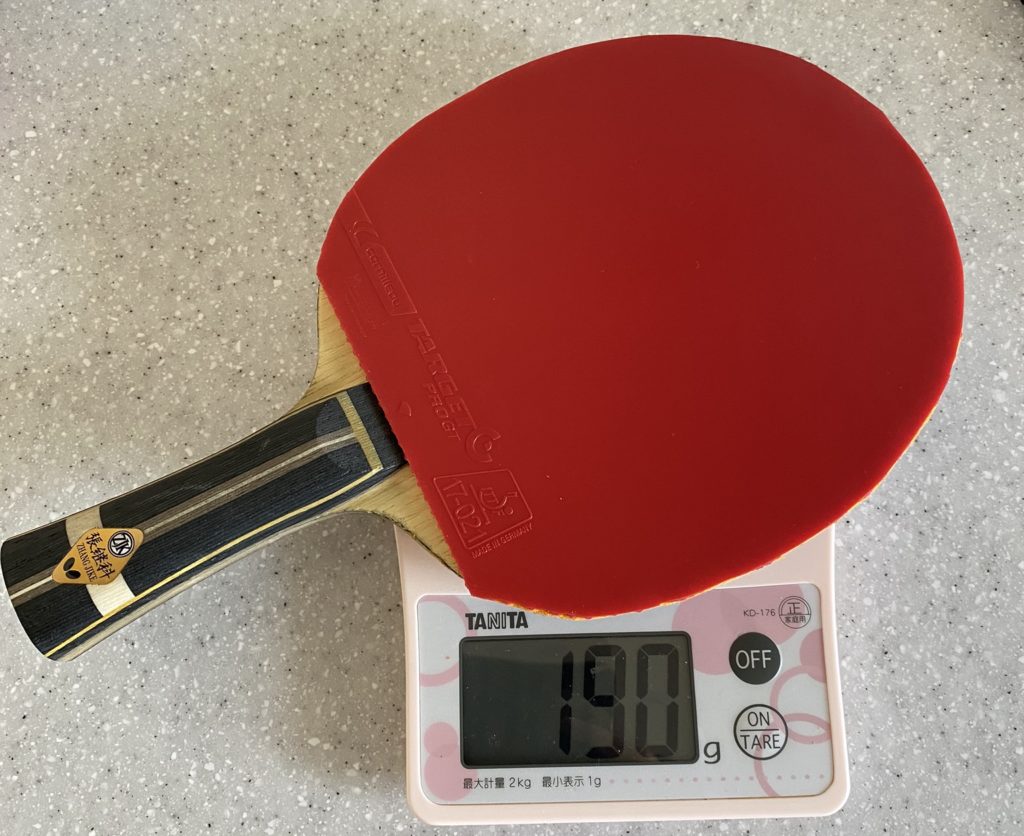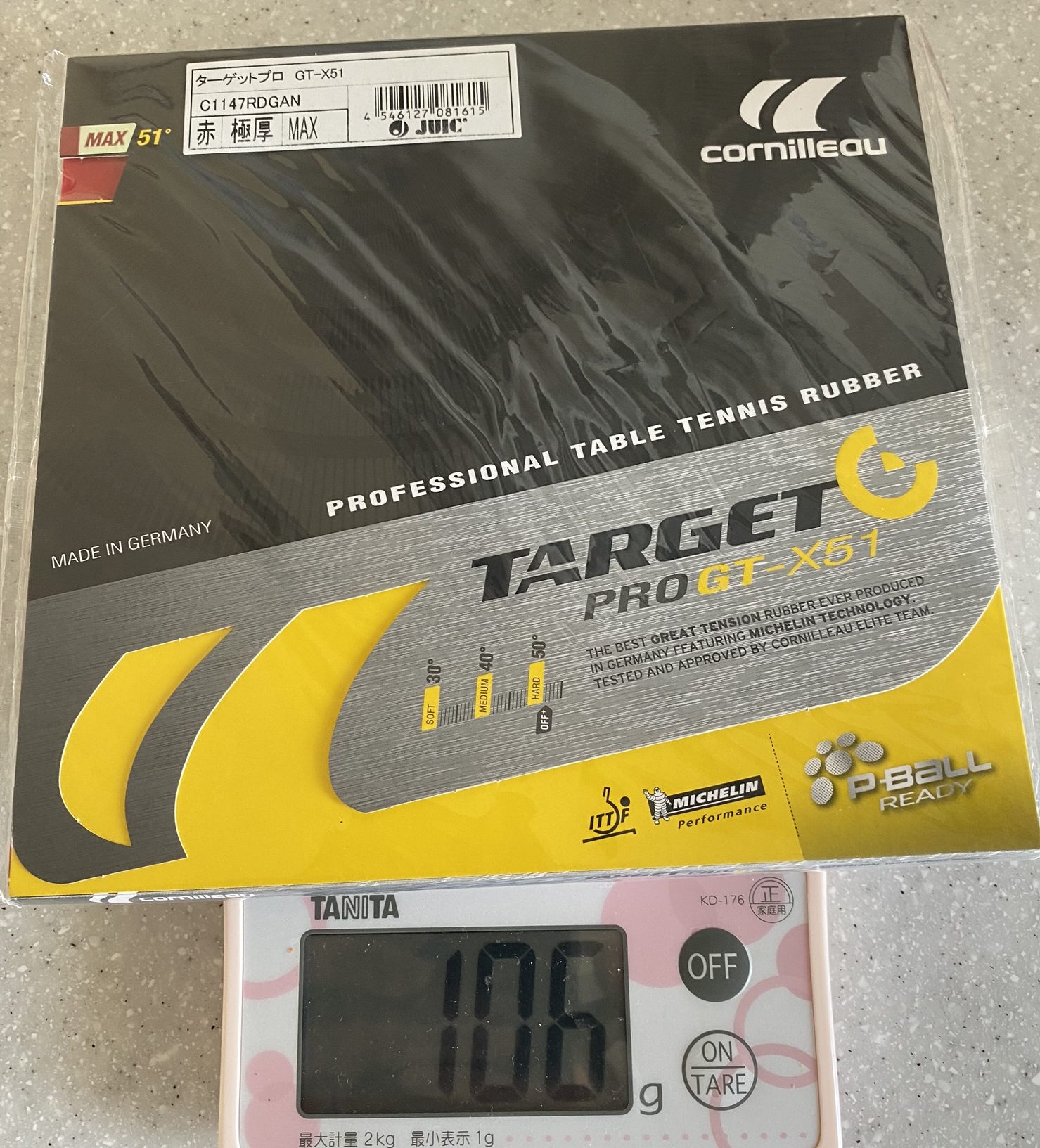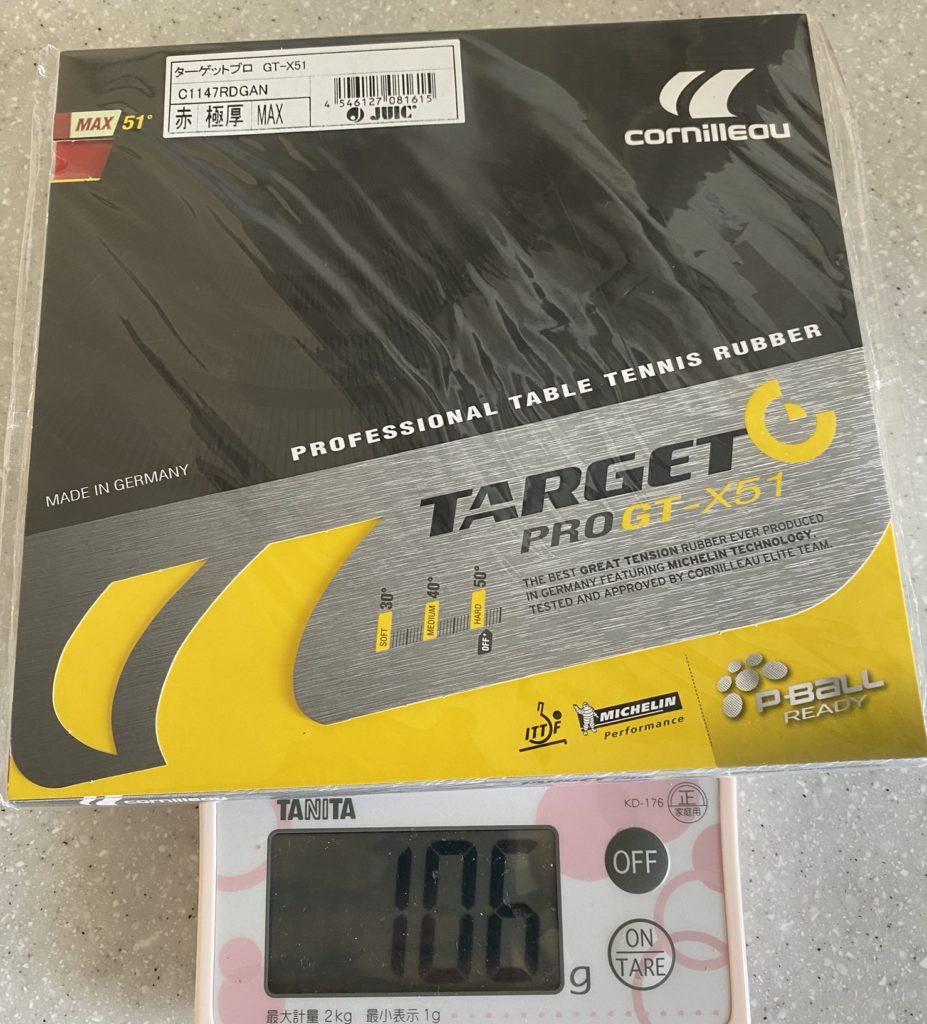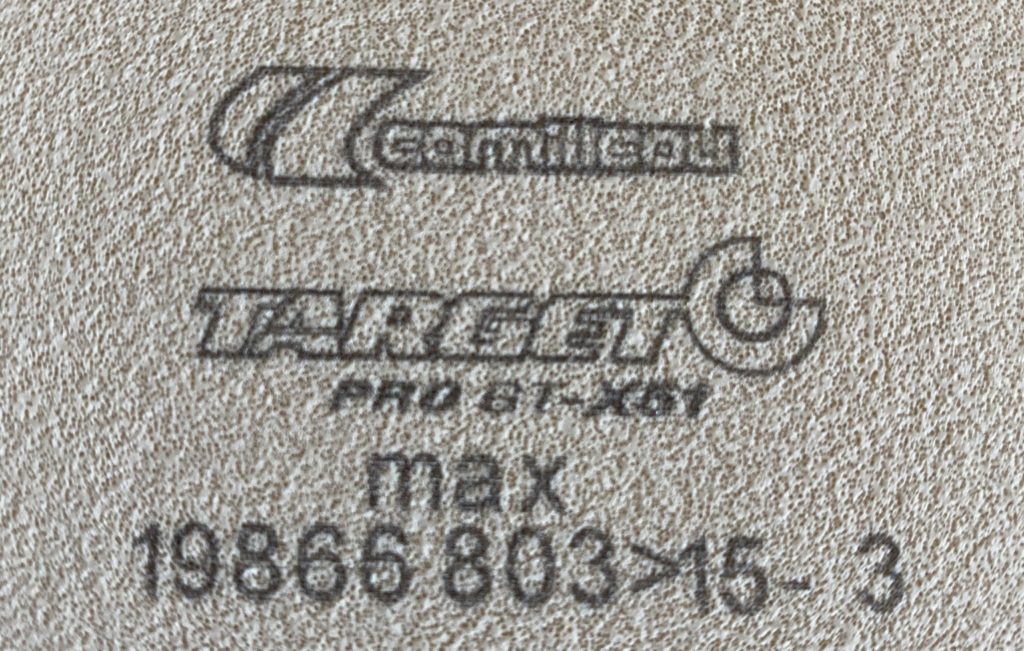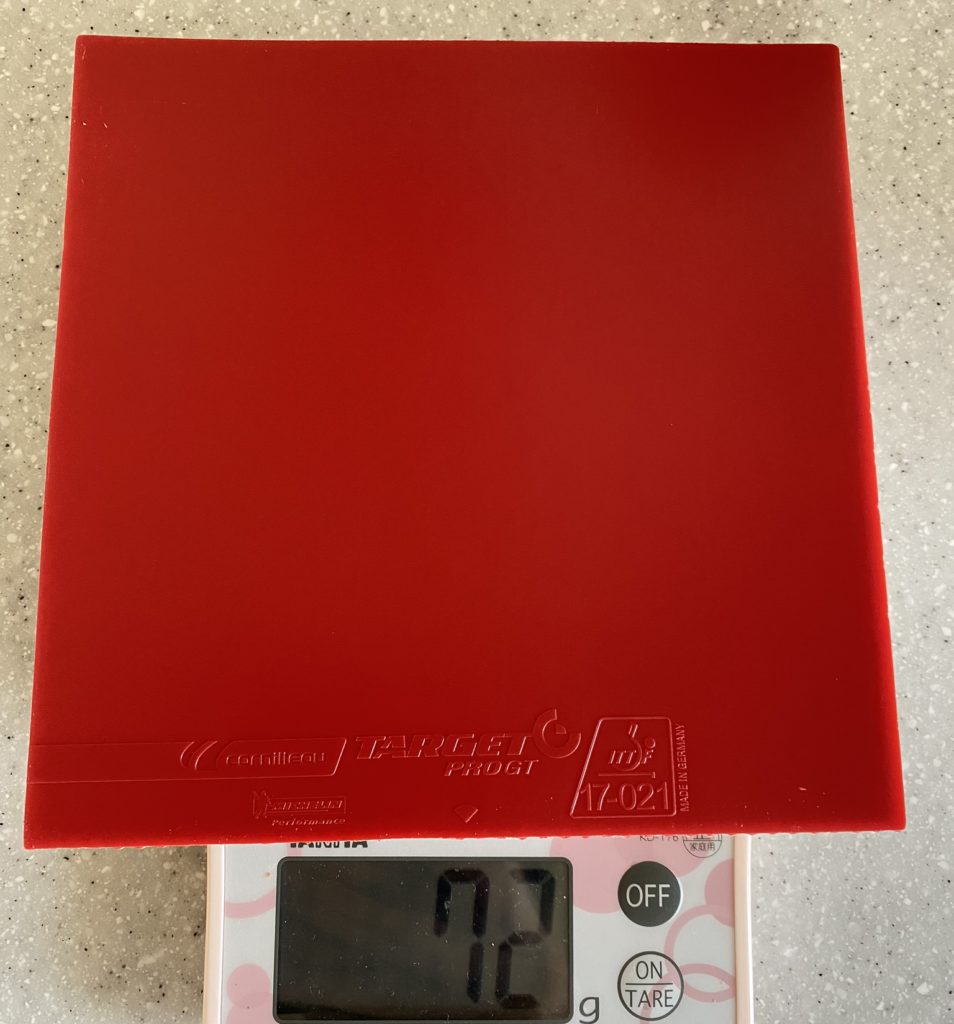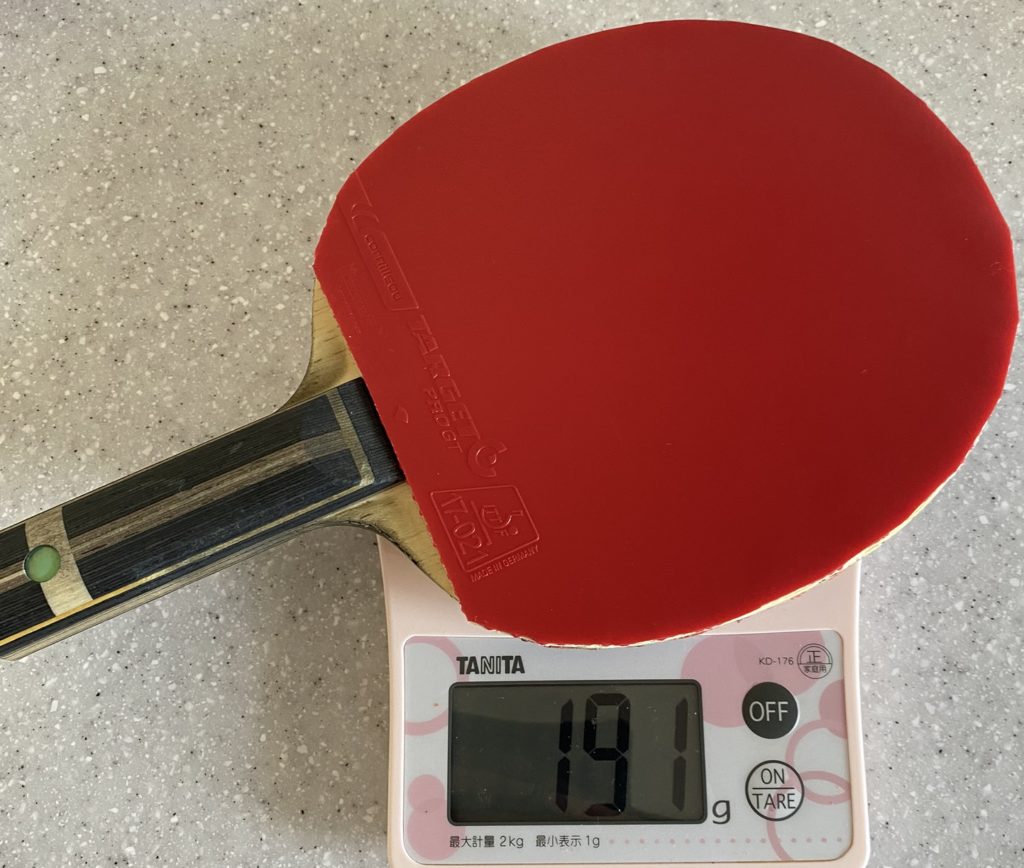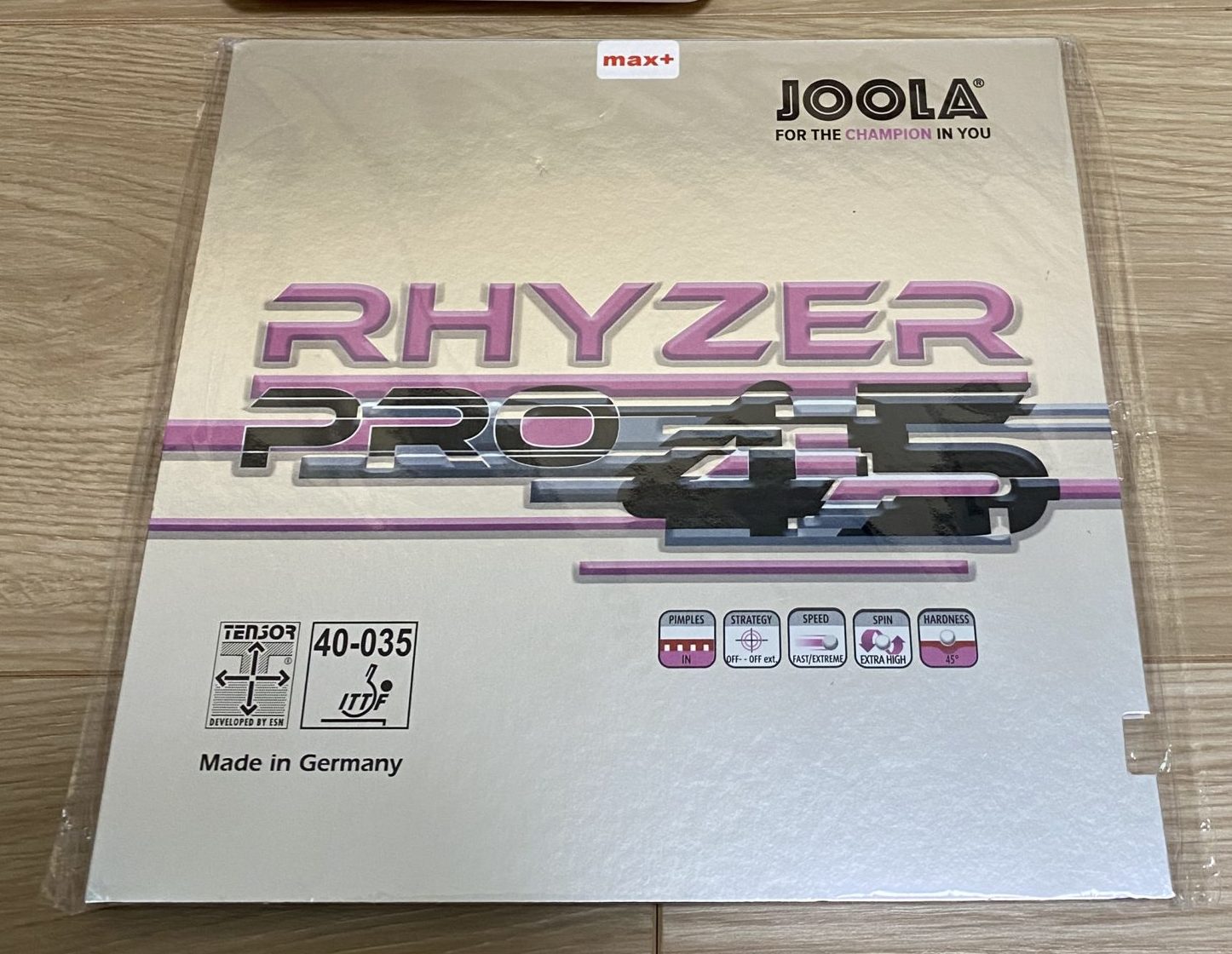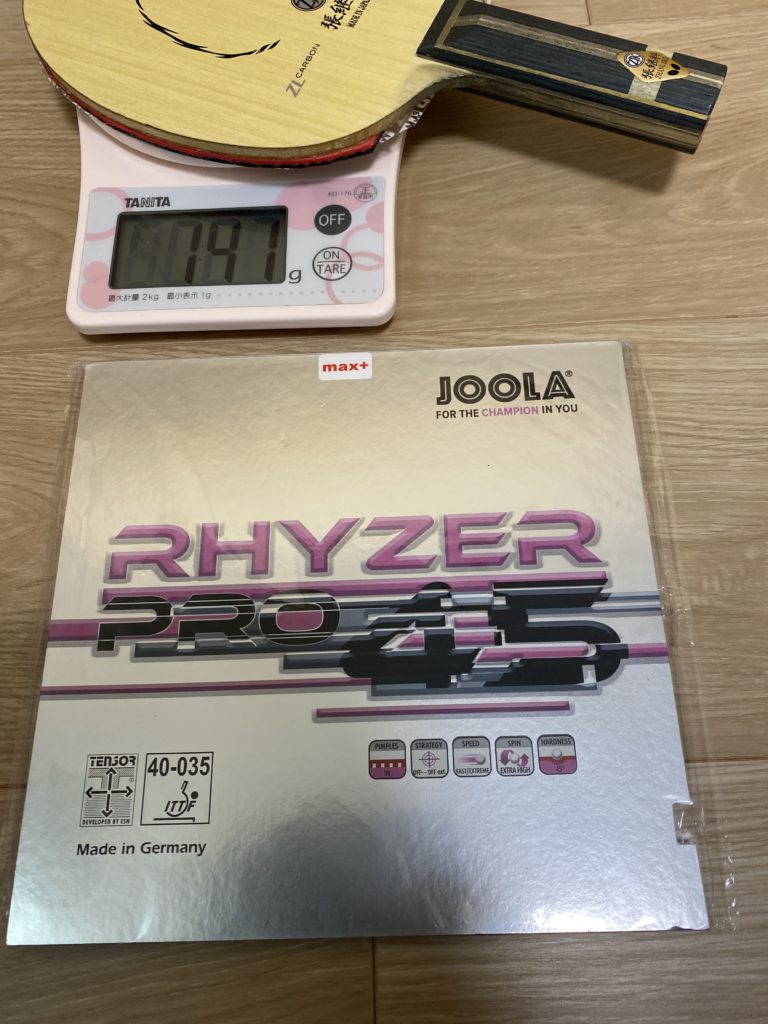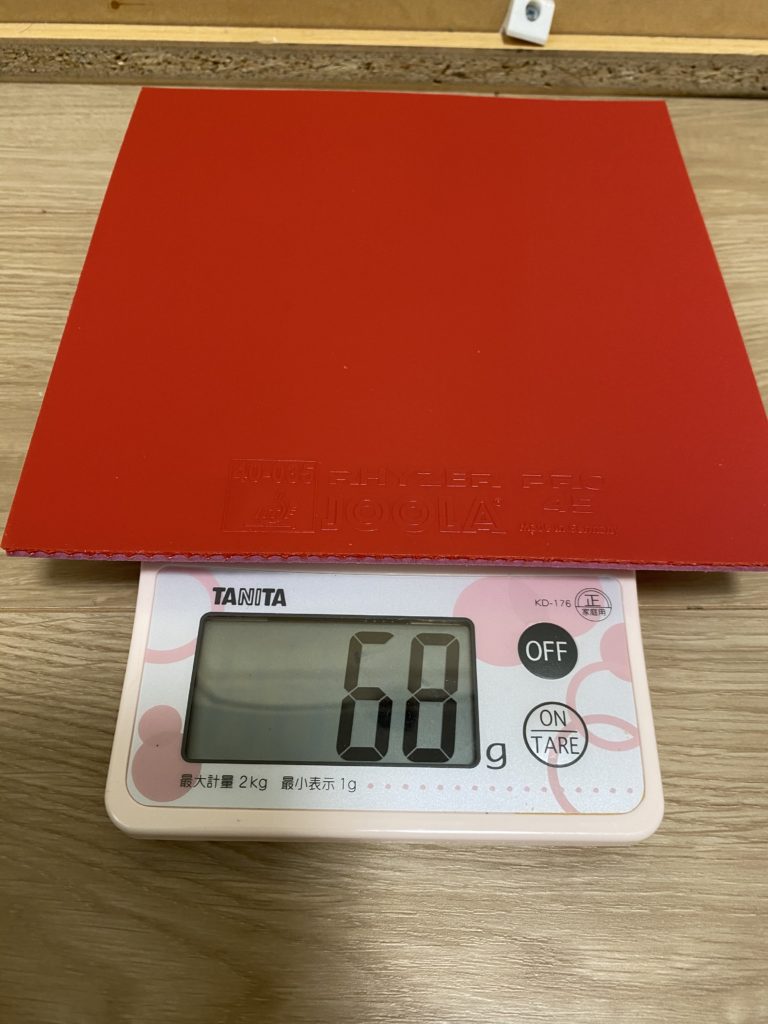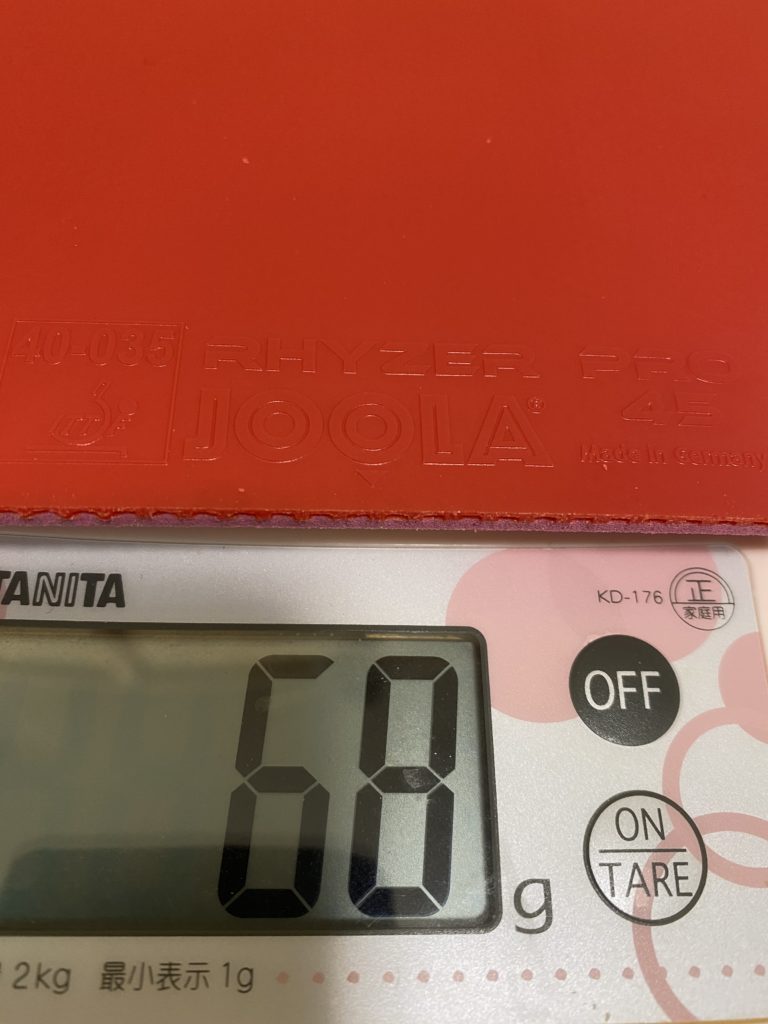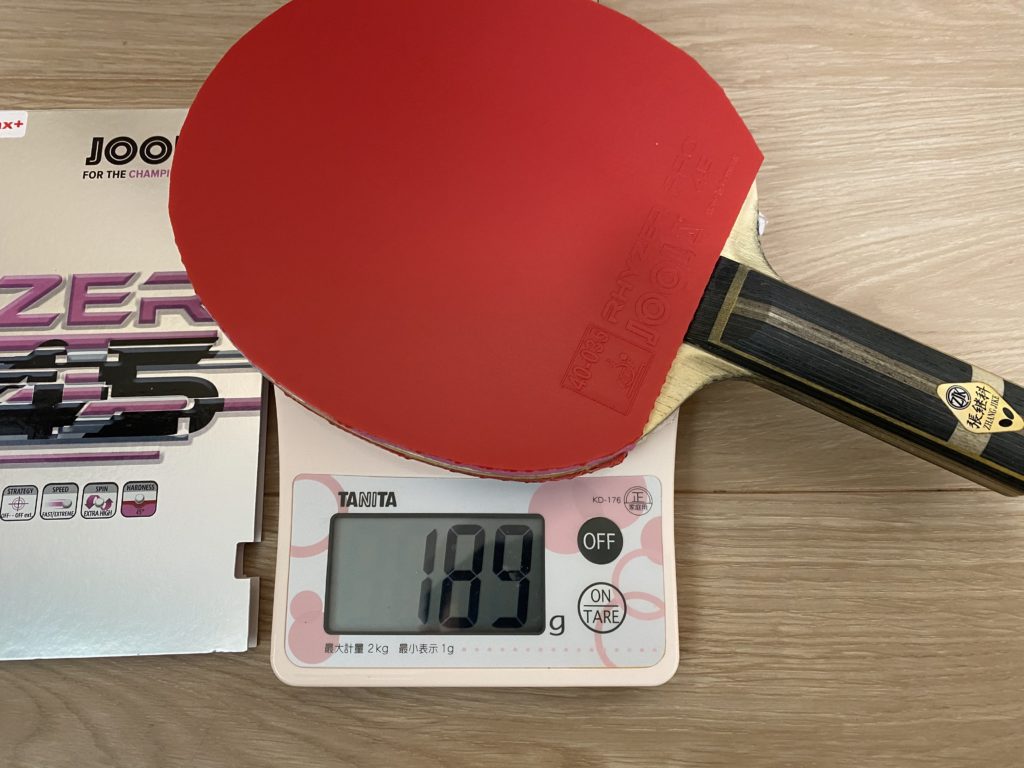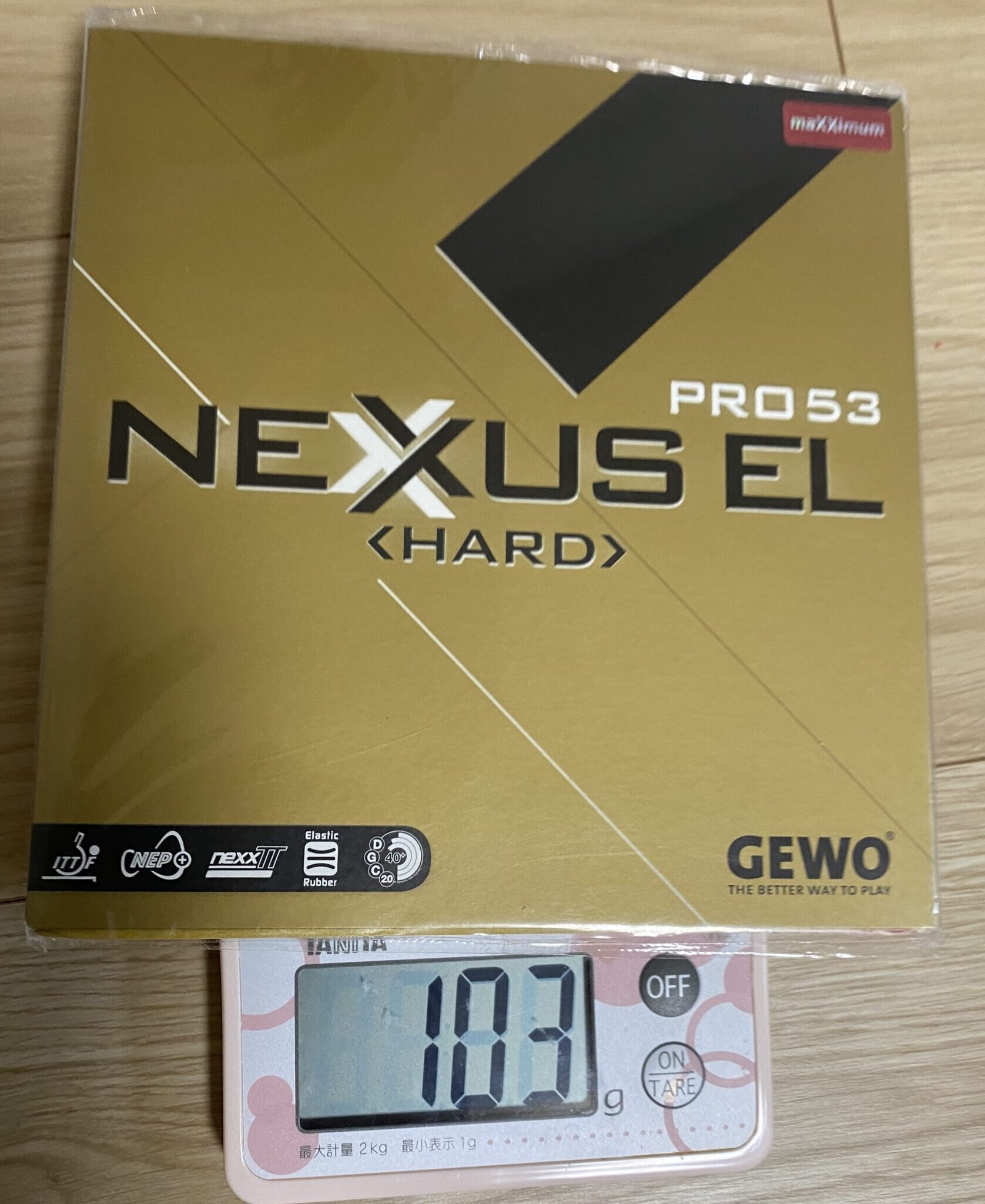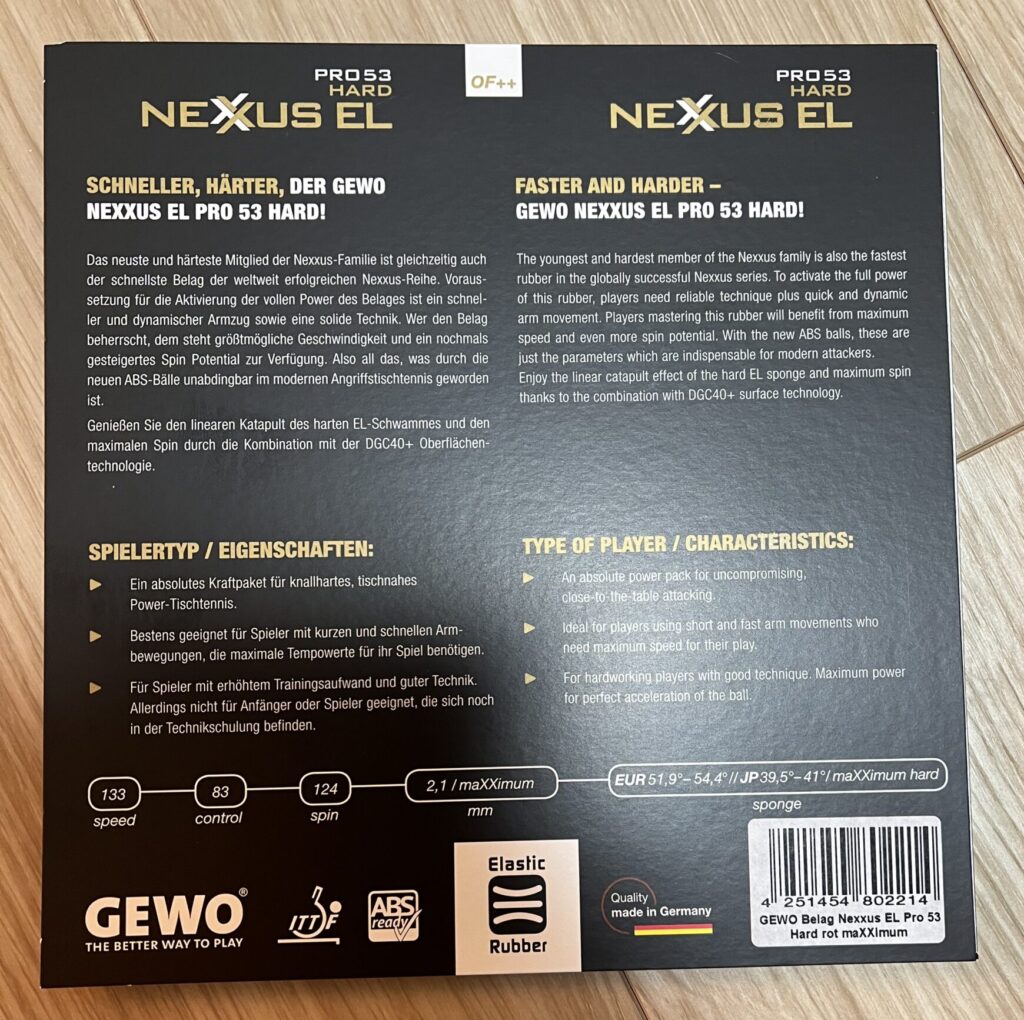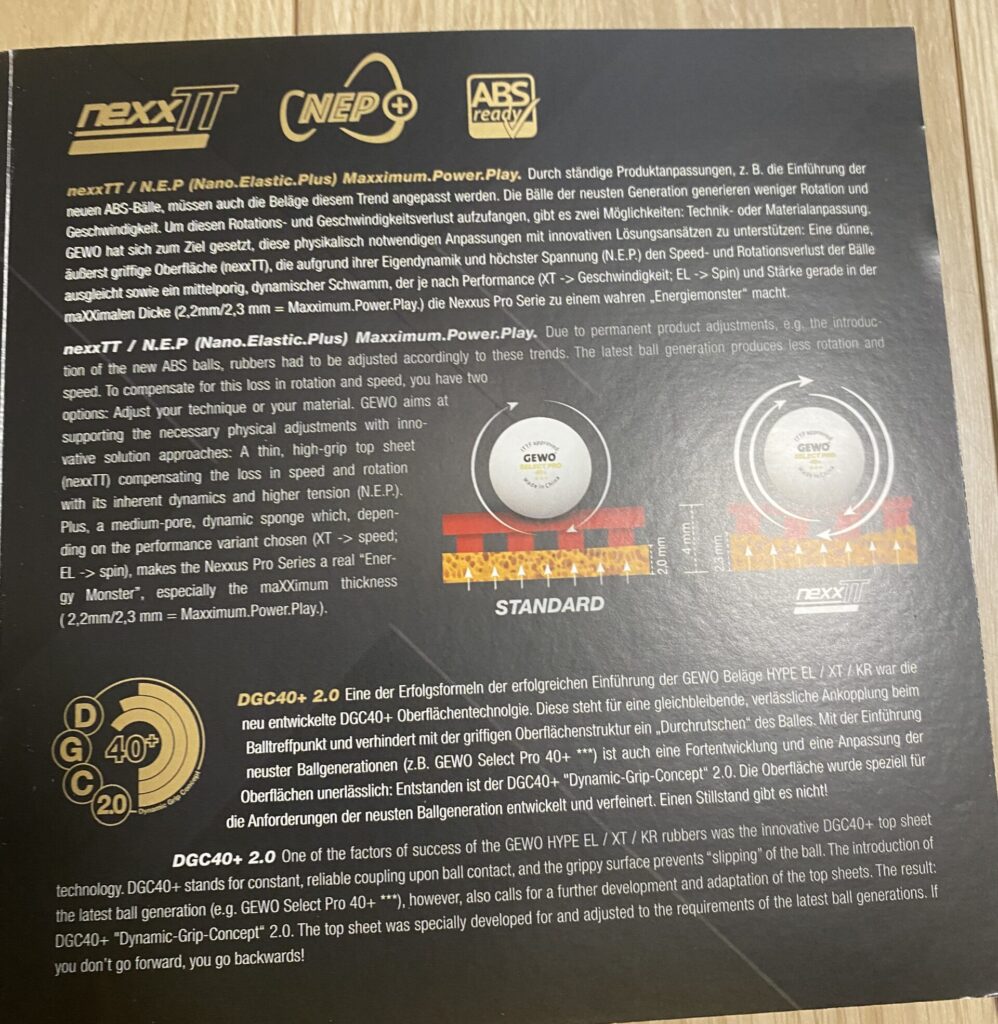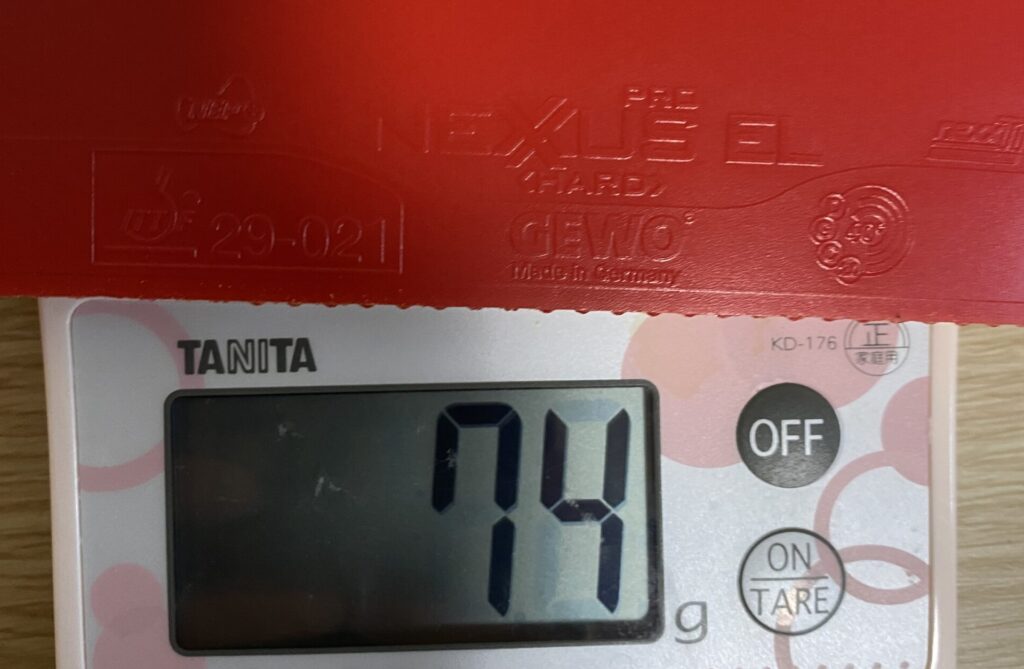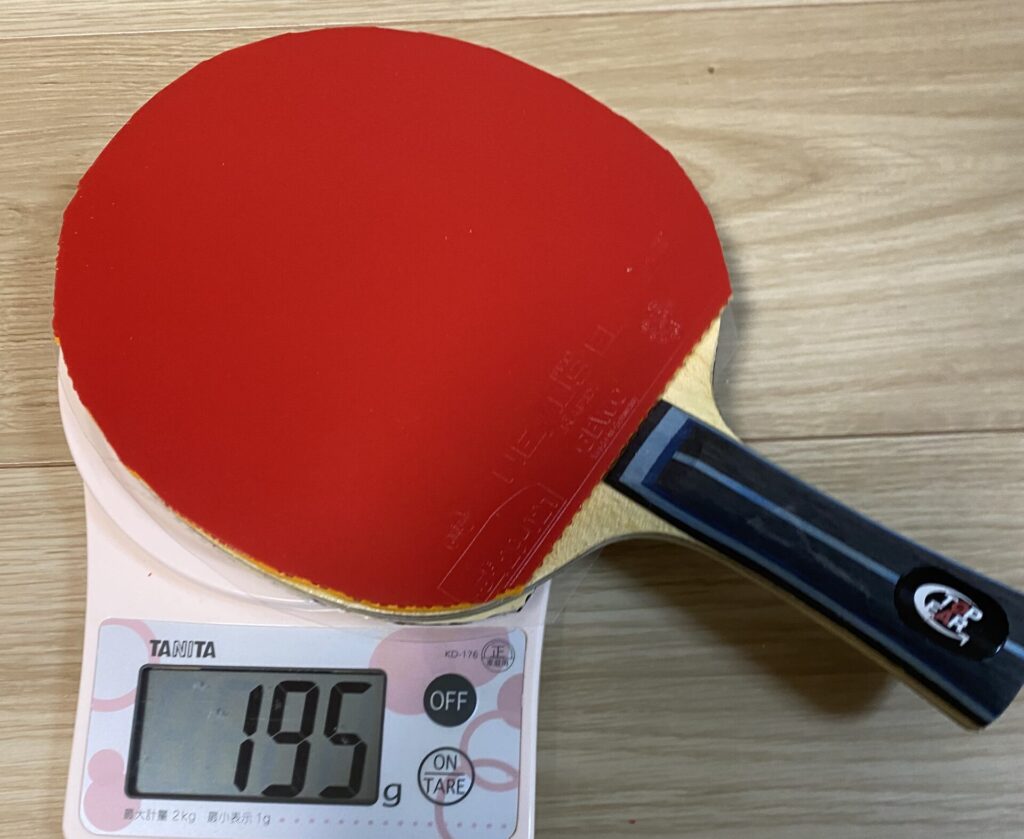Explanation
DONIC is a slightly minor manufacturer in Japan, but Swedish genius Jan-Ove Waldner, Jorgen Persson, and until last year, Dimitrij Ovtcharov. It will be the manufacturer that the player has contracted. Ovcharov is a close friend and rival of Jun Mizutani! Recently, I imagine that it is a manufacturer that has been picked up by You Tuber “Goblinzu” in Kansai and is receiving a lot of attention. Goblin’s recommendation seems to be the Blue Storm Z1 Turbo. DONIC with the name Blue
・ 5 types of Blue Grip (adhesive rubber)
・ 7 types of Blue Storm
・ 9 types of Blue Fire
・ 4 types of Acuda Blue
Yu-san of the World Table Tennis Kingdom also has multiple types, so I have listed a video that outlines it.
The blue fire that I tried this time will be a rotating rubber. It seems that the speed rubber will be Blue Storm, and the stable rubber will be Acousticable. I have already given a trial hit review of the Blue Storm Z1 Turbo.
The blue rubber last will be Blue FIre JP01 Turbo. It’s a rubber that I bought a long time ago and used a little to put a TSP adhesive sheet on it. I had the impression that it was a rubber that bites well and is very easy to handle, but this time I put it on my main racket again and tried it out, so thank you.
Published performance value
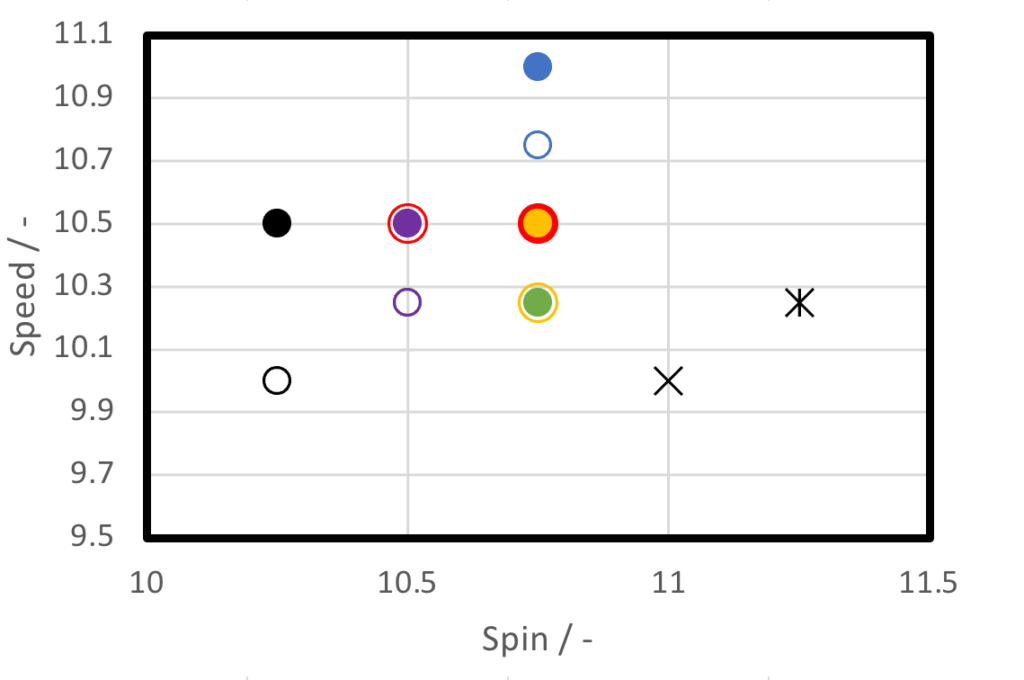
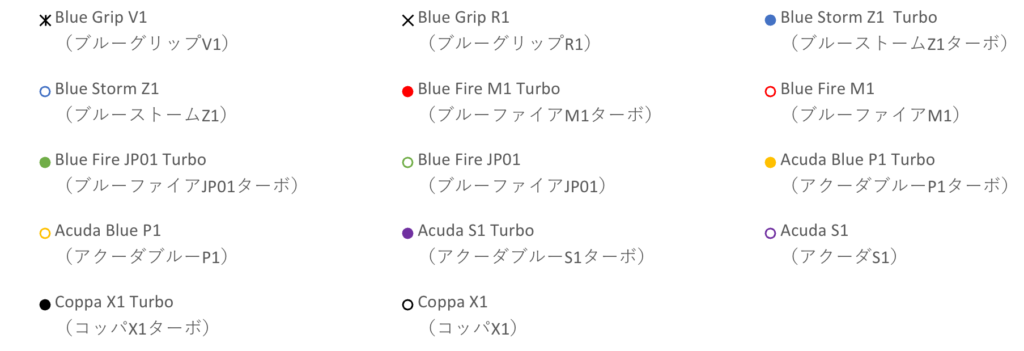
You can see that the JP01 turbo is the slowest in terms of the announced performance. When it comes to speed, I imagine it’s a rotating rubber. DONIC’s explanation is as follows.
The power of "blue" to bring out more.
Power-up of "Blue Fire JP01", a state-of-the-art FD rubber that brings together DONIC's technology. The special "Blue Fire JP01 Turbo" has been completed by improving the top sheet of "Blue Fire JP", which has a good reputation for its rotational power during attacks, and raising the two major elements of rubber, speed and spin, to the utmost limit.
Suppresses the transmission energy loss of the swing when hitting the ball, and gives the player a power ball that adds weight to the power of the ball with speed + spin. Since it is a top sheet with high grip, you can continue to attack as much as you want without compromising the sense of security that you have with your hands.
From this explanation, I think it is difficult to understand what kind of rubber it is. In fact, the Blue Fire JP01 turbo was a rotating rubber with the highest arc.
JP01 turbo sticking and weight
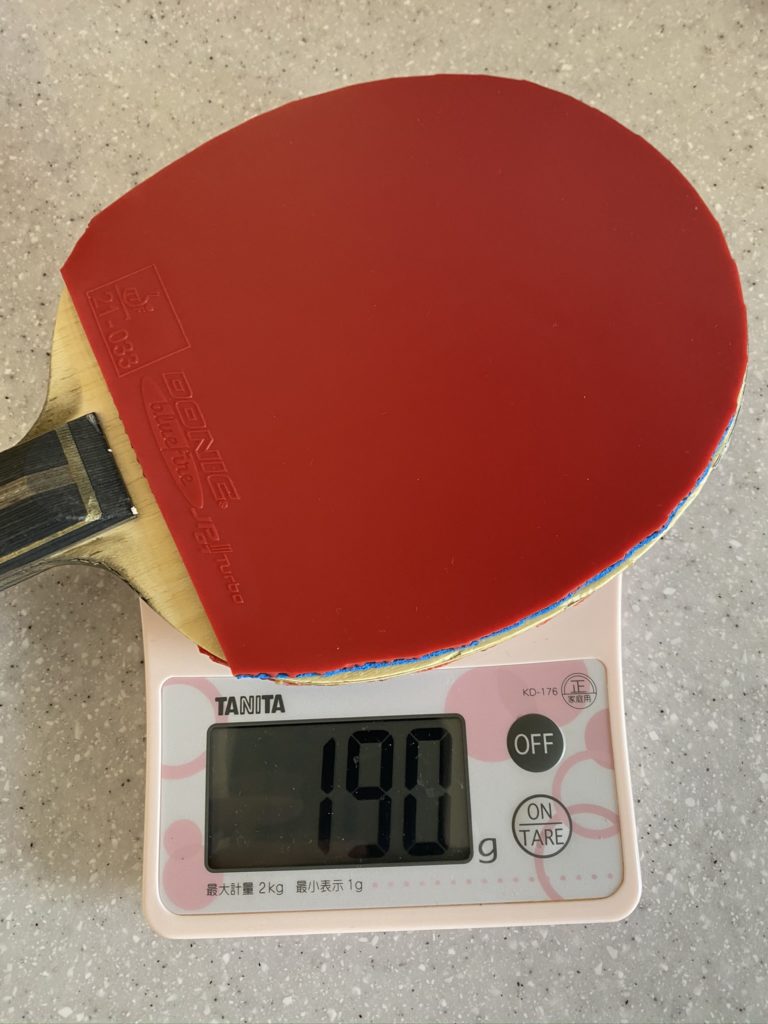
Blue Fire JP01 Turbo ・Sponge Thickness: 1.8 mm, 2.0 mm, MAX+ ・Speed: 10+ ・Spin: 10+++ ・Control: 6+ ・Sponge stiffness: 47.5° ・Open price ・48 g (after cut)
The hardness of the sponge was not too hard, and it was a rubber that could be used by a wide range of players.
Blue Fire JP01 Turboの3つのThree features of Blue Fire JP01 Turbo
The highest arch line in blue!
The arch line was high in the blue rubber anyway! I felt that the arch line was too high and the flight distance was quite long. Therefore, I think the ball will go in quite deeply. The height of this arc line made me feel that I was conscious of JP → Tenergy 05. I think Vega Japan of XIOM also has a high arc line, but Blue Fire JP01 also made me feel the height of the arc line.
The most downward rotation drive in blue is easy to do!
Since the arch line is high, it was easy to drive downward rotation anyway. I didn’t feel like making a mistake. It was pretty easy to do with a backhand drive. Also, if you let it bite firmly and the swing speed is fast, it also took a firm rotation. It’s easy to handle and I felt it was perfect for both the fore and back.
Although it is a rotating rubber, it is not easily affected by rotation!
Spin tension rubber is easily affected by the rotation of the other party, but this Blue Fire JP01 turbo was not affected by rotation more than I imagined, probably because the seat has a core! It was similar to the Blue Fire M1 Turbo. Not only was the block easy to do, but the counter drive was also pretty easy to do! It felt pretty good! Tenergy rubber has high rotation performance, but there are some parts that are easily affected by rotation. In recent years, katsuo000 has been looking for a rubber that has high rotation performance and is not affected by rotation. I thought it would be possible to evaluate it in the same way as Dignics, which has similar characteristics! However, compared to Dignics, the amount of rotation and speed performance were clearly lower.
Each technics review
Forehand
Light hit
I felt it was soft. There was a sense of stability rather than power.
Drive on long balls and rallies
It’s not as powerful as Tenergy 05 FX, but it was easy to hit repeatedly.
Drive with open face
I felt it hit the racket board when I let it bite into it. I think Tenergy 05 is easier to do here.
Loop (top spin) drive against back spin
It was easy to do anyway! I felt that top spin drive was a little lacking in power because it had a good bite. Still, it’s pretty easy to do.
Speed drive against back spin
It was easy to do because it bites well. I think it is better to be aware of the arc line because it is easy to over-miss.
Curve / shoot drive
Since there is a certain amount of rotation, it will bend as you wish.
Block
It was easy to do! It was surprising, but it was easy to do because it was not affected by rotation even though it was a rotating rubber.
Counter drive
I felt that this was also easy to do because it was not easily affected by spin!
Stop
It was difficult to cut. It was also easy to float.
Push
Push also had quite a few over mistakes. It wasn’t difficult to do.
Serve
Serve didn’t feel heavy. If anything, I think it’s easier to take the opponent’s time with a long-legged serve.
Backhand
Light hit
The hardness was just right for the back.
Drive on long balls and rallies
It was easy to over-miss if I hit it thickly to speed up. It was easy to drive deeply when I turned it firmly.
Loop (top spin) drive against back spin
This was also easy to do. It wasn’t powerful, but I didn’t feel like making a mistake and it was a good impression.
Speed drive against back spin
It seemed like I could do it after practicing moderately.
Block
It was easy to do!
Counter drive
I can hardly do counter drive in the back, but I felt like I could remember counter drive with this rubber.
Stop
It was a little easy to float.
Push
I can’t cut it.
Chiquita
Chiquita was pretty easy to do because the arch line was high.
Comparison with other rubbers (personal impressions)
Max spin amount
Blue Fire M1 Turbo > Blue Fire JP01 Turbo > Blue Storm Z1 Turbo
Speed
Blue Fire M1 Turbo > Tenergy 05 Hard > Blue Fire JP01 Turbo

